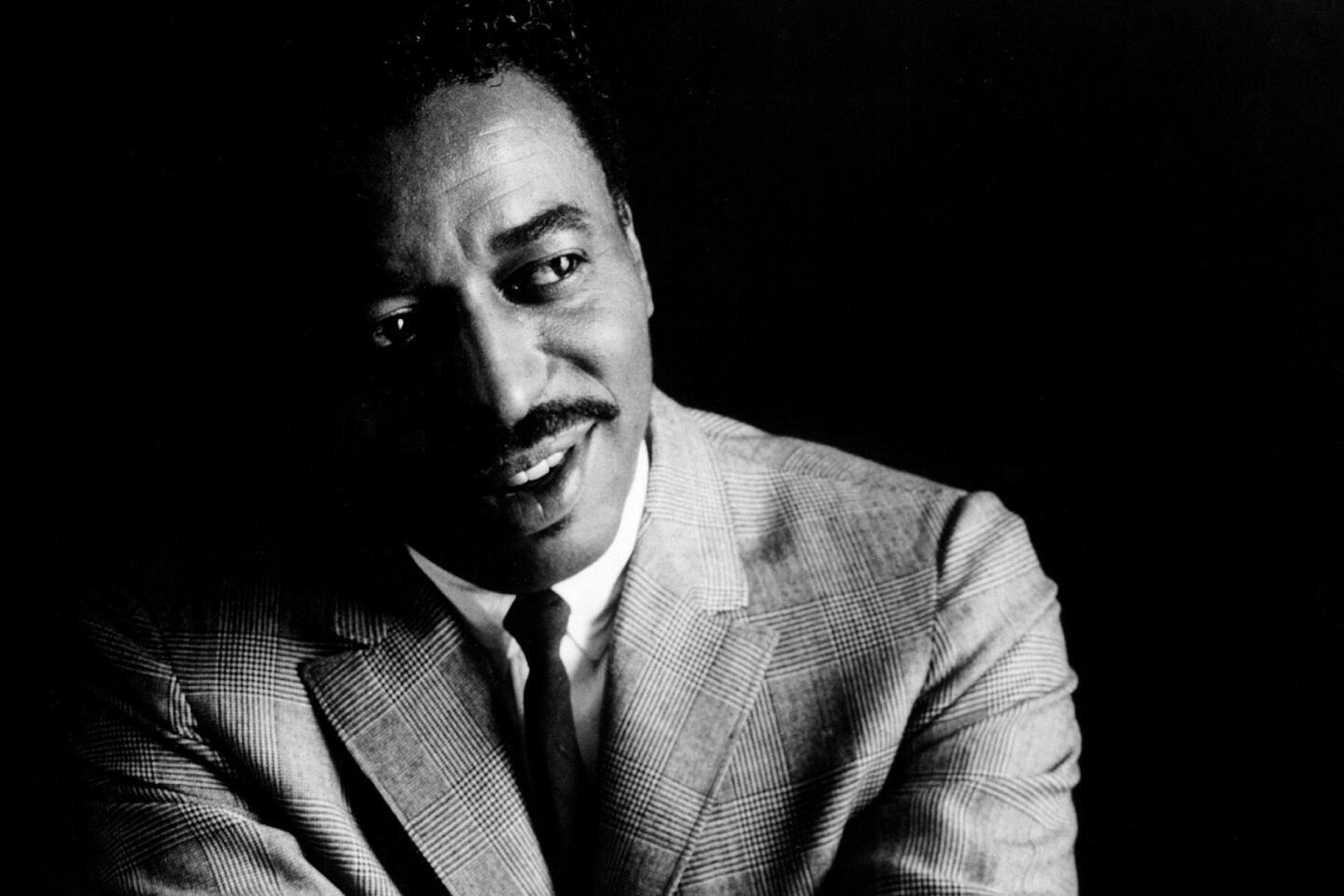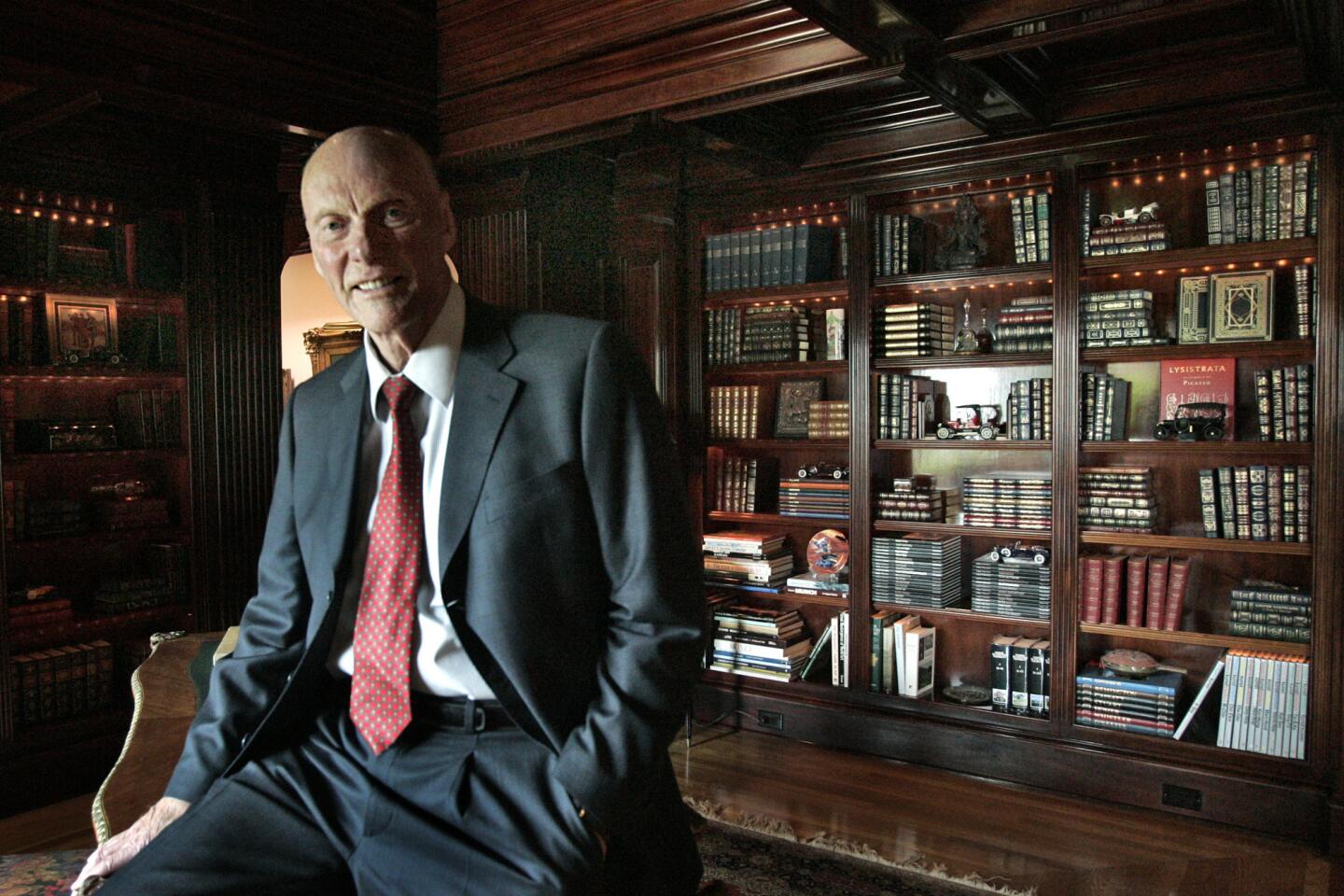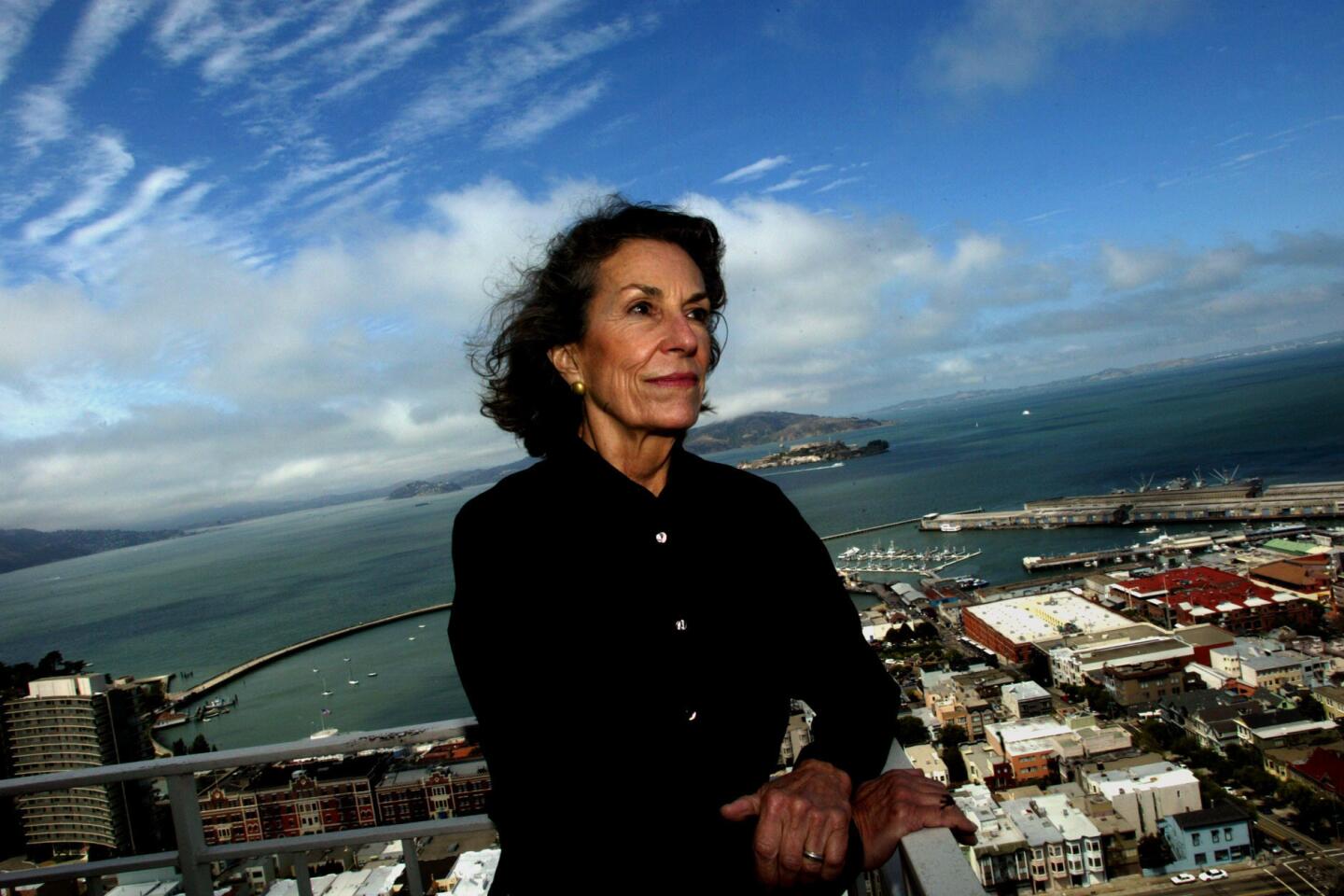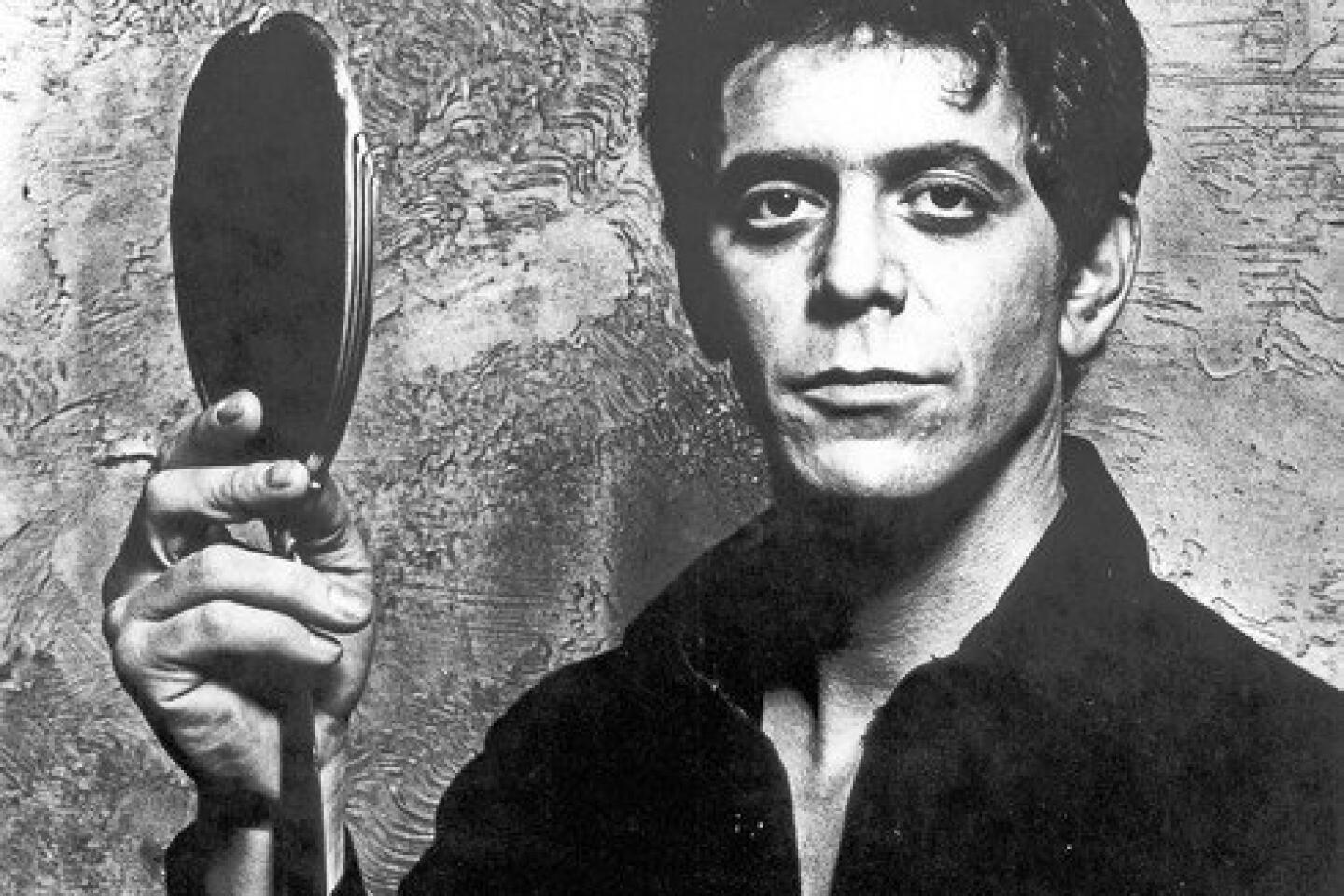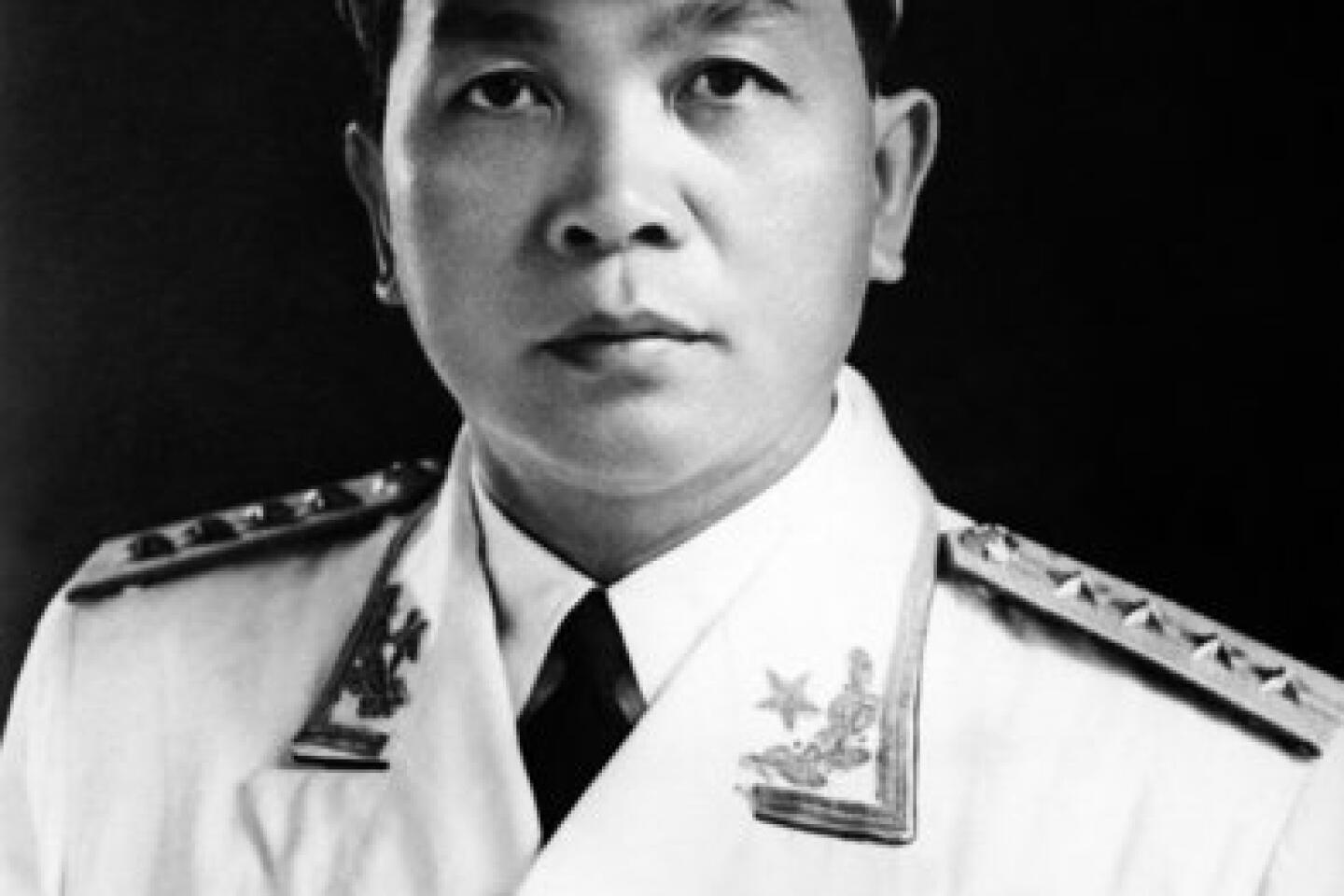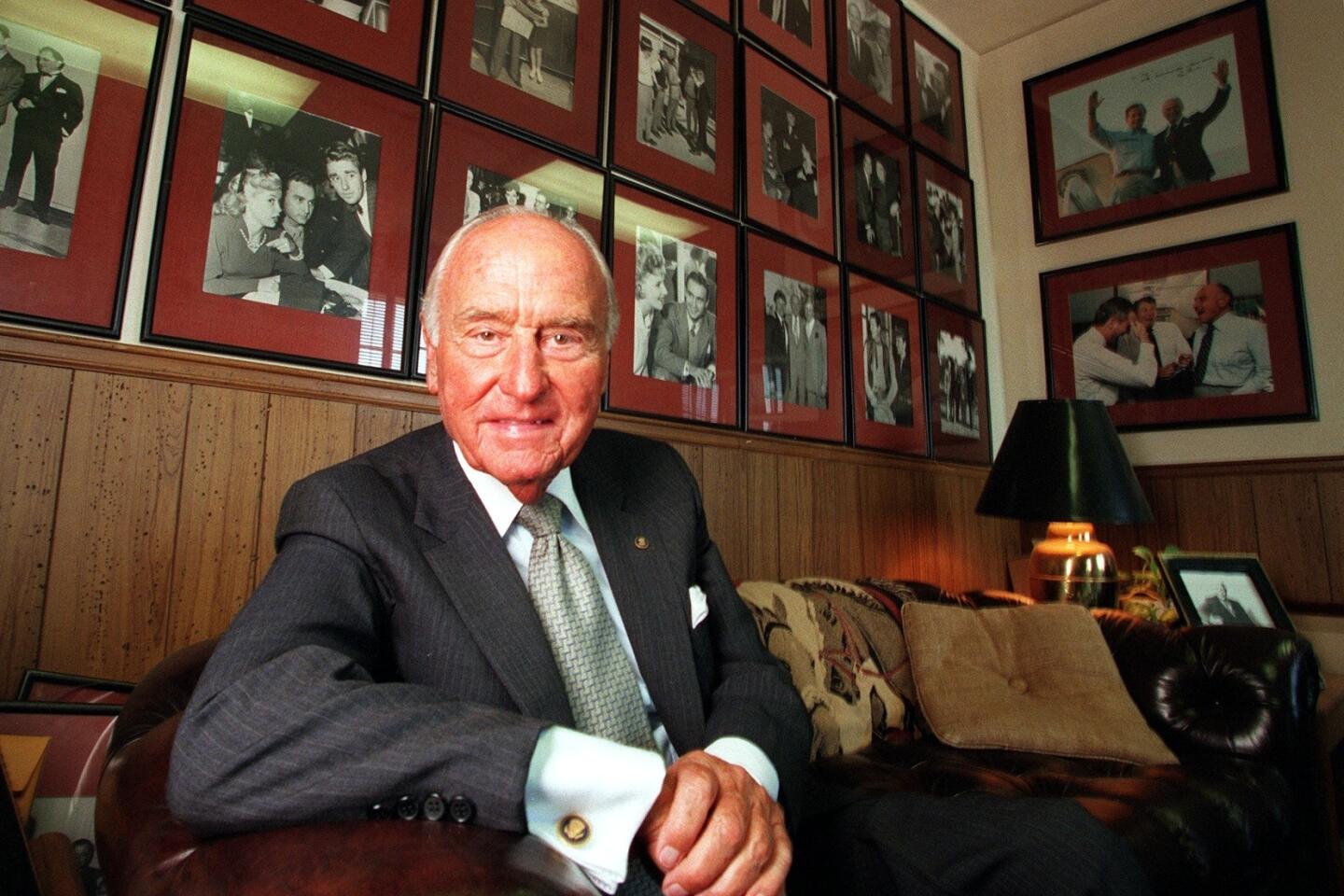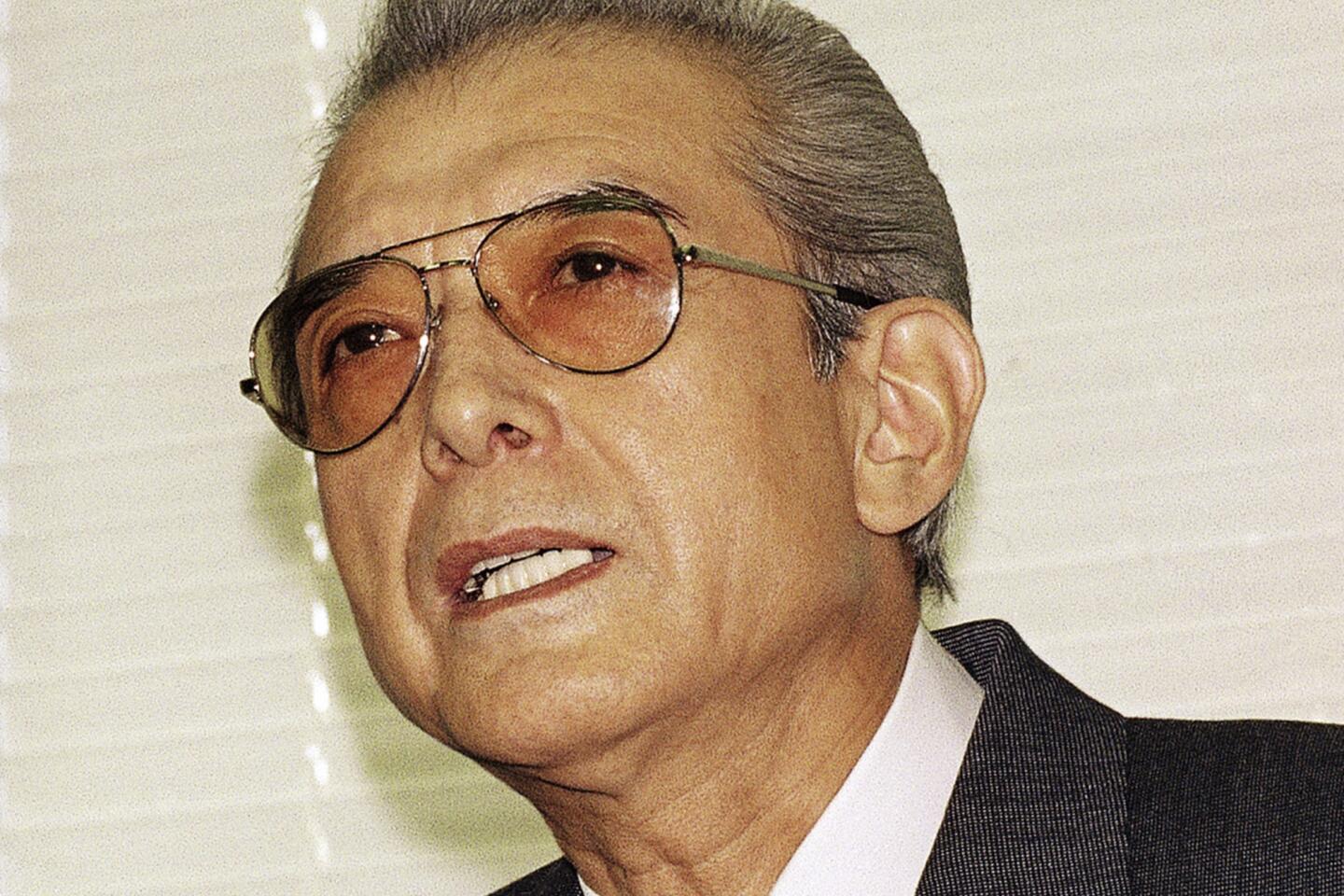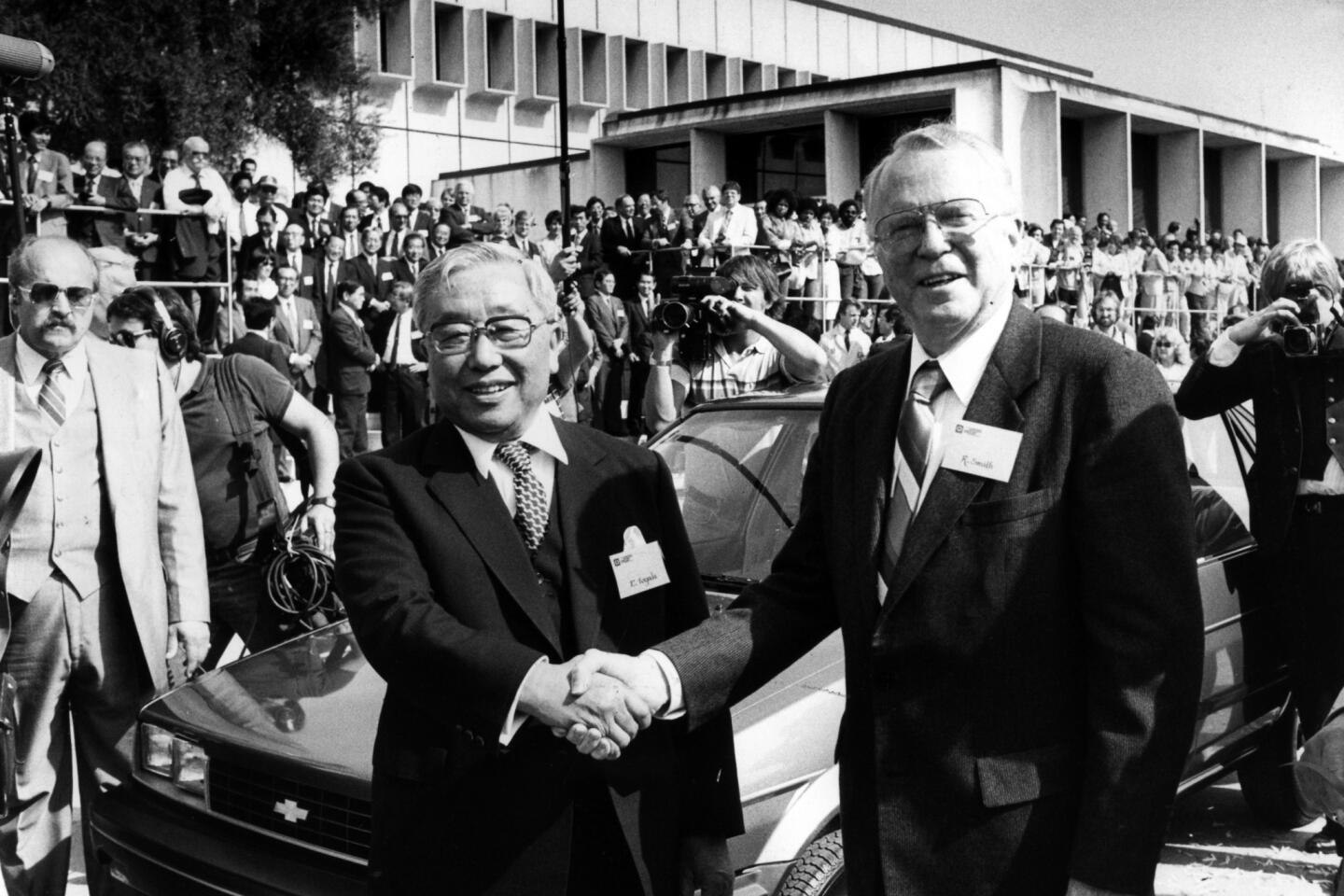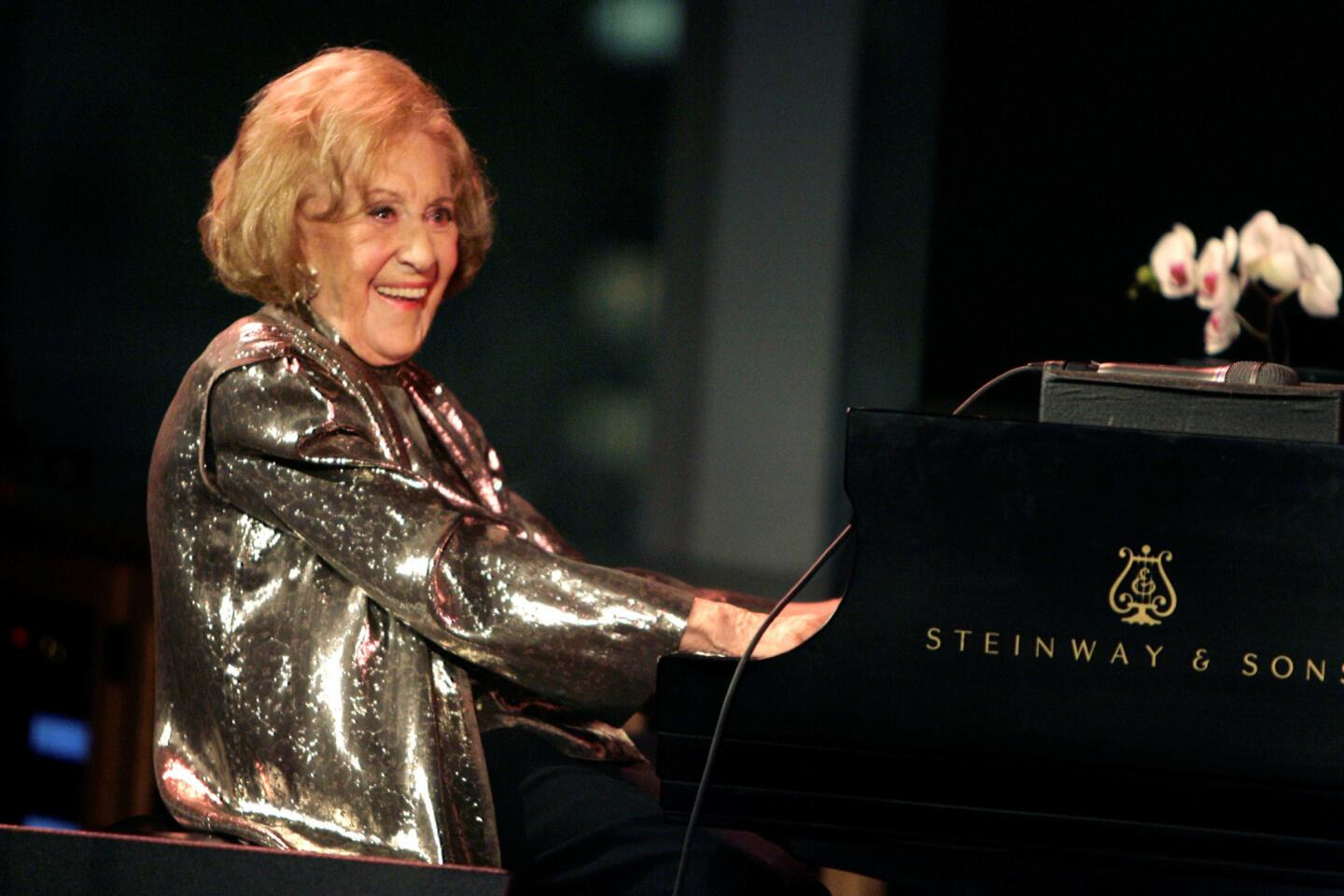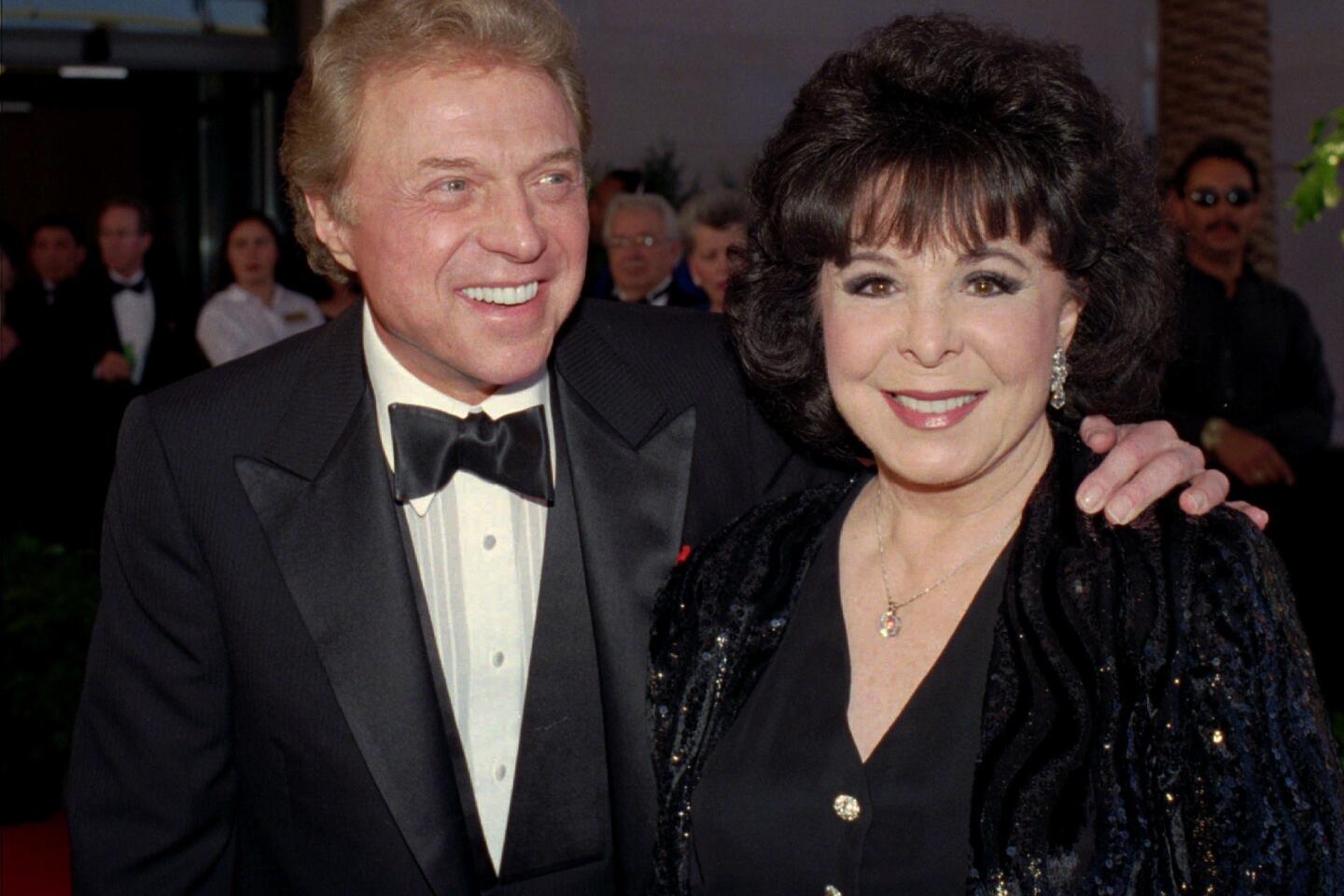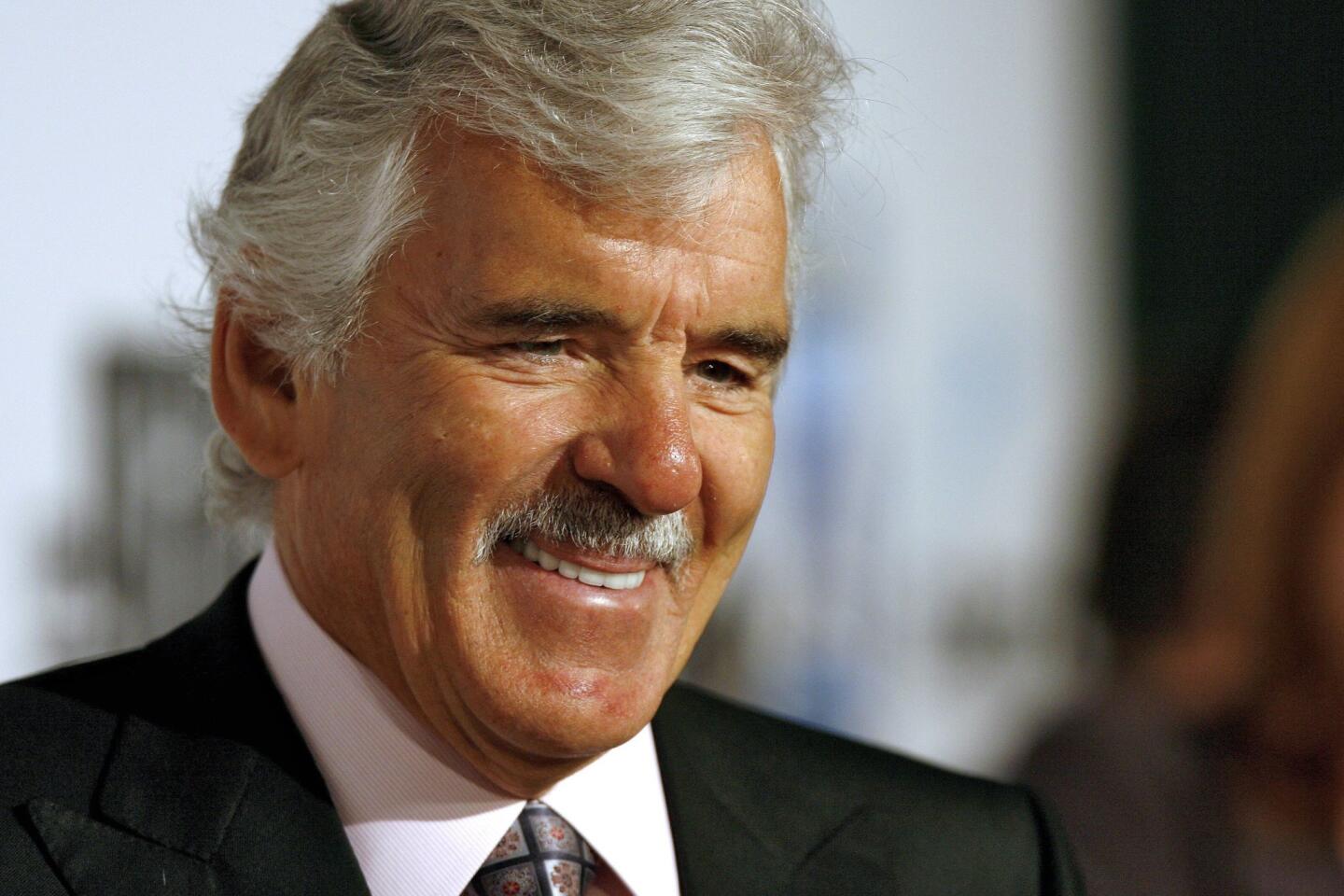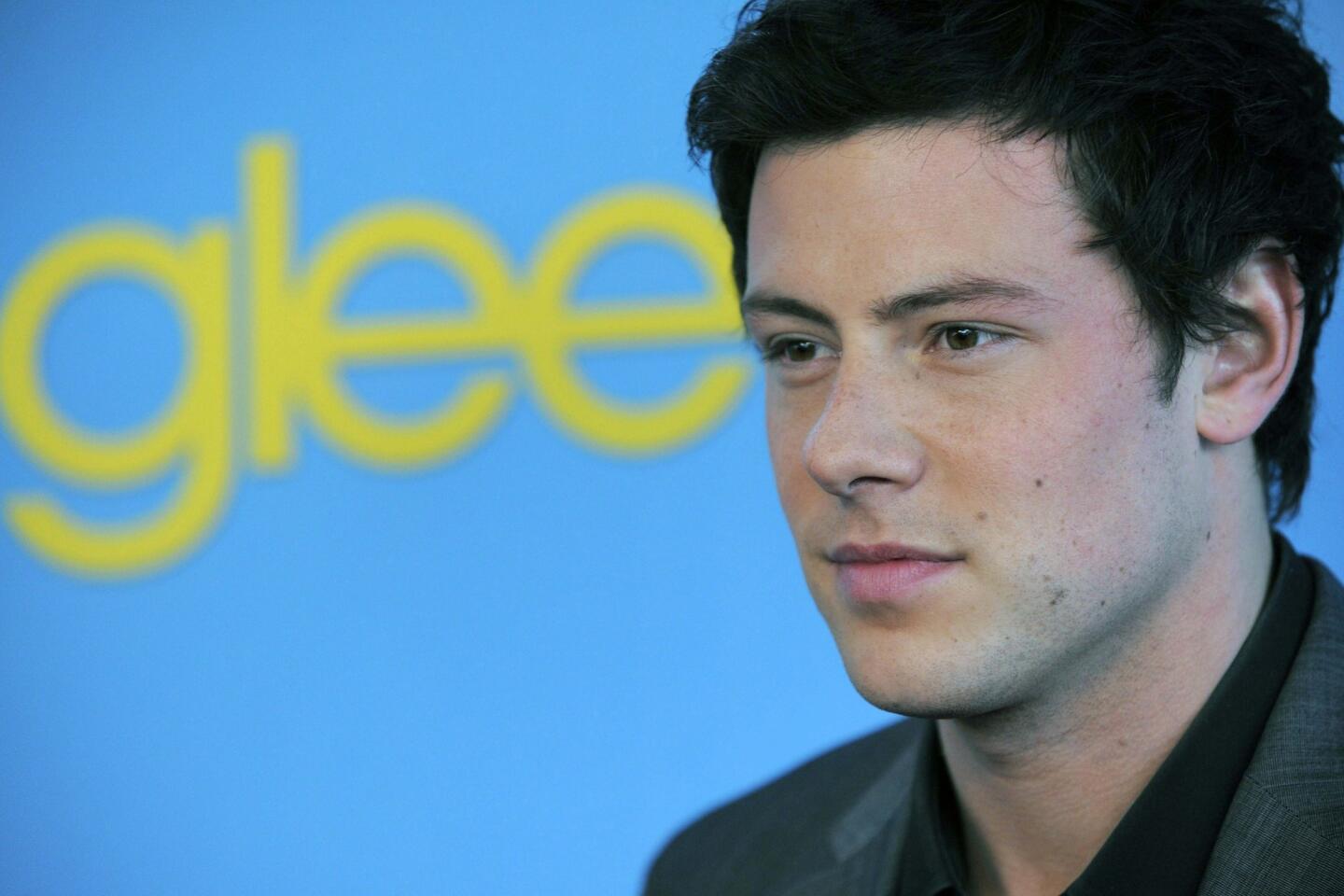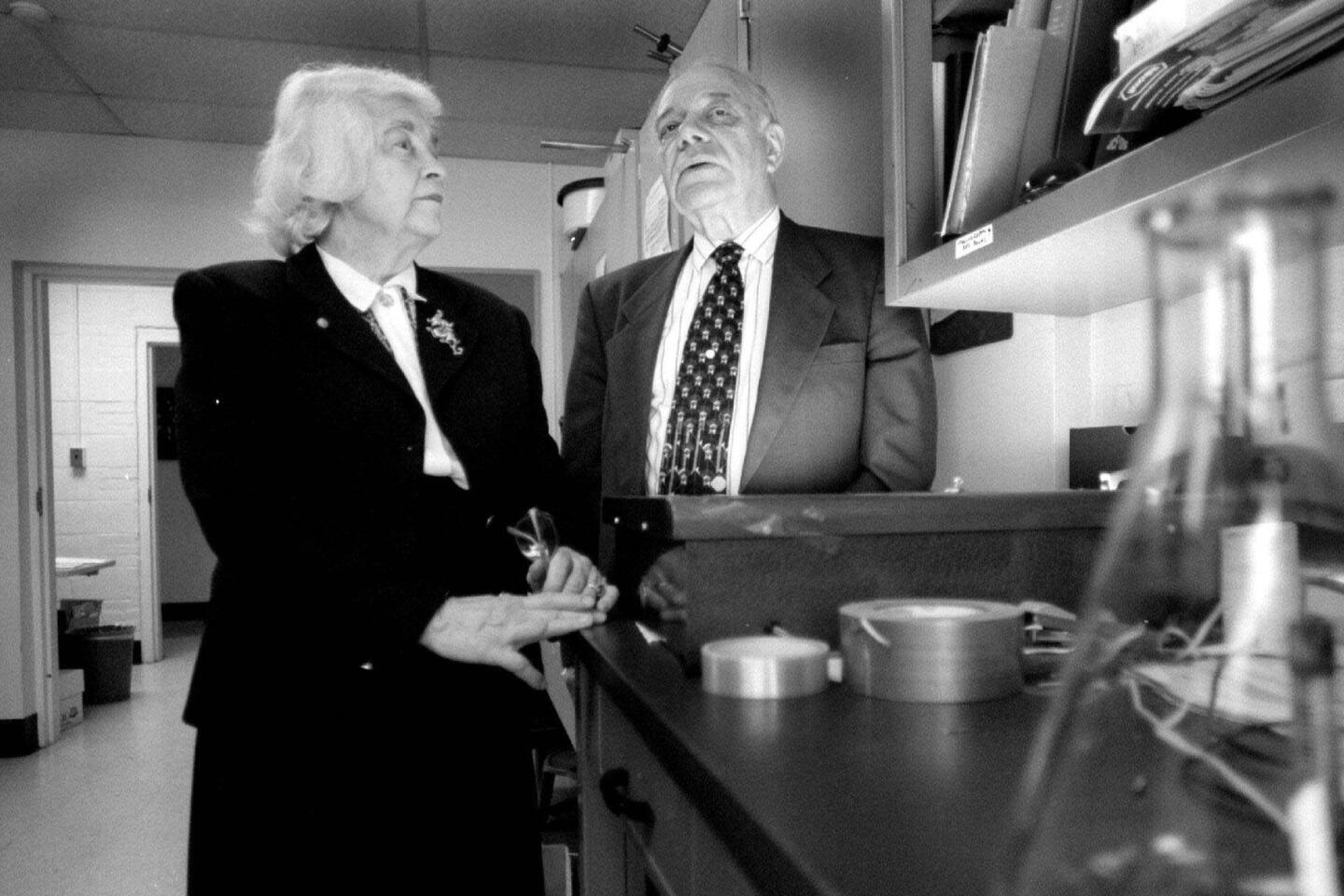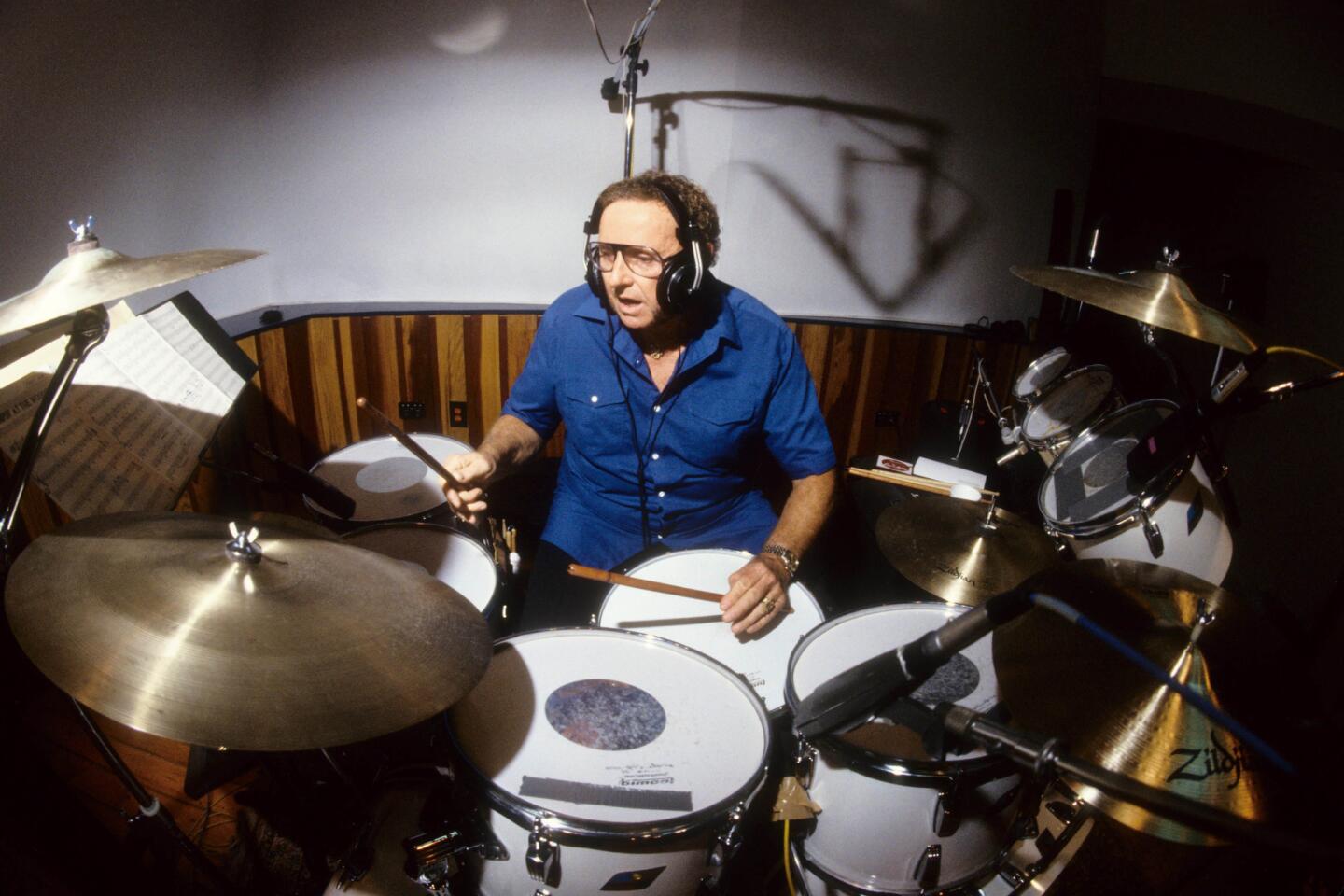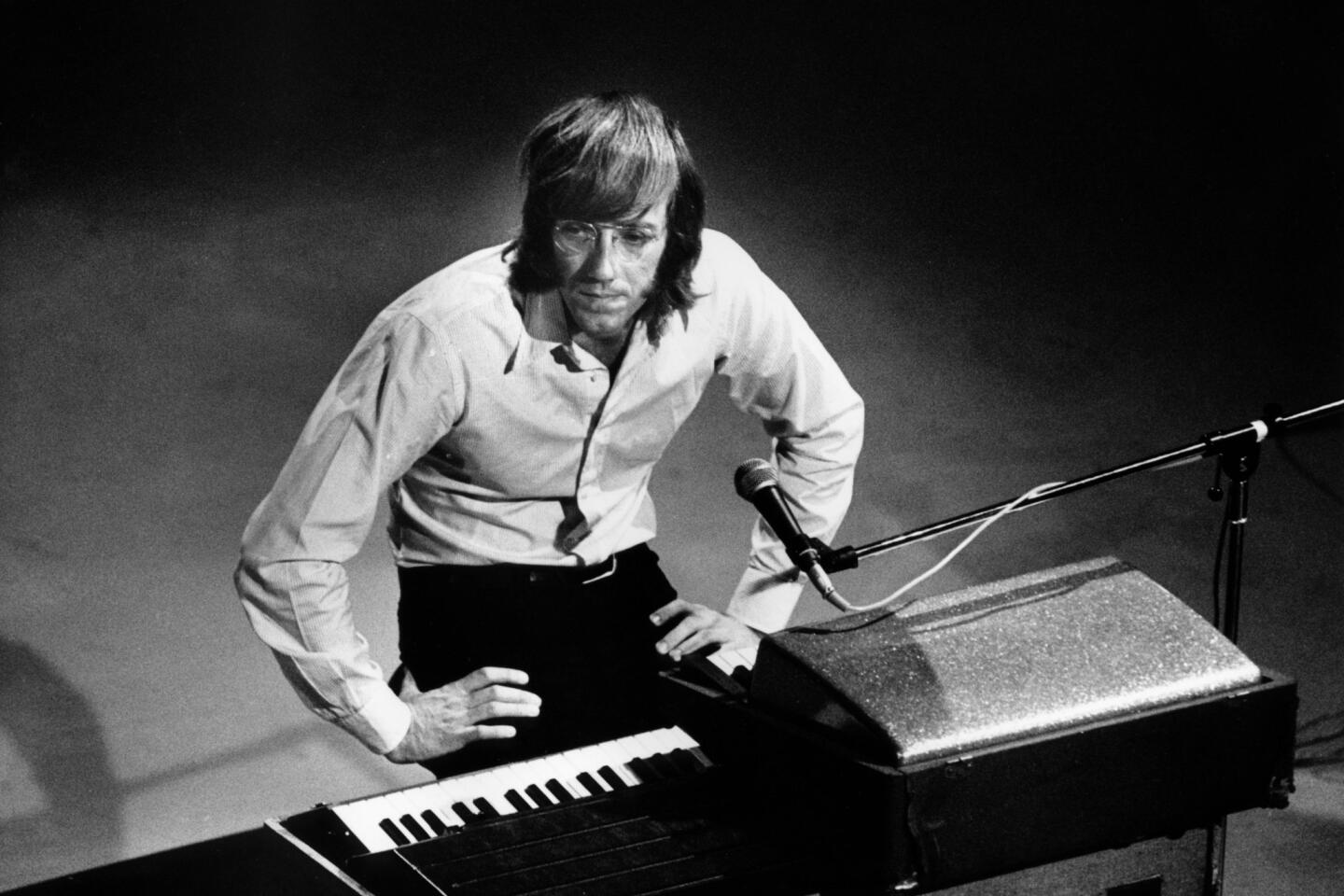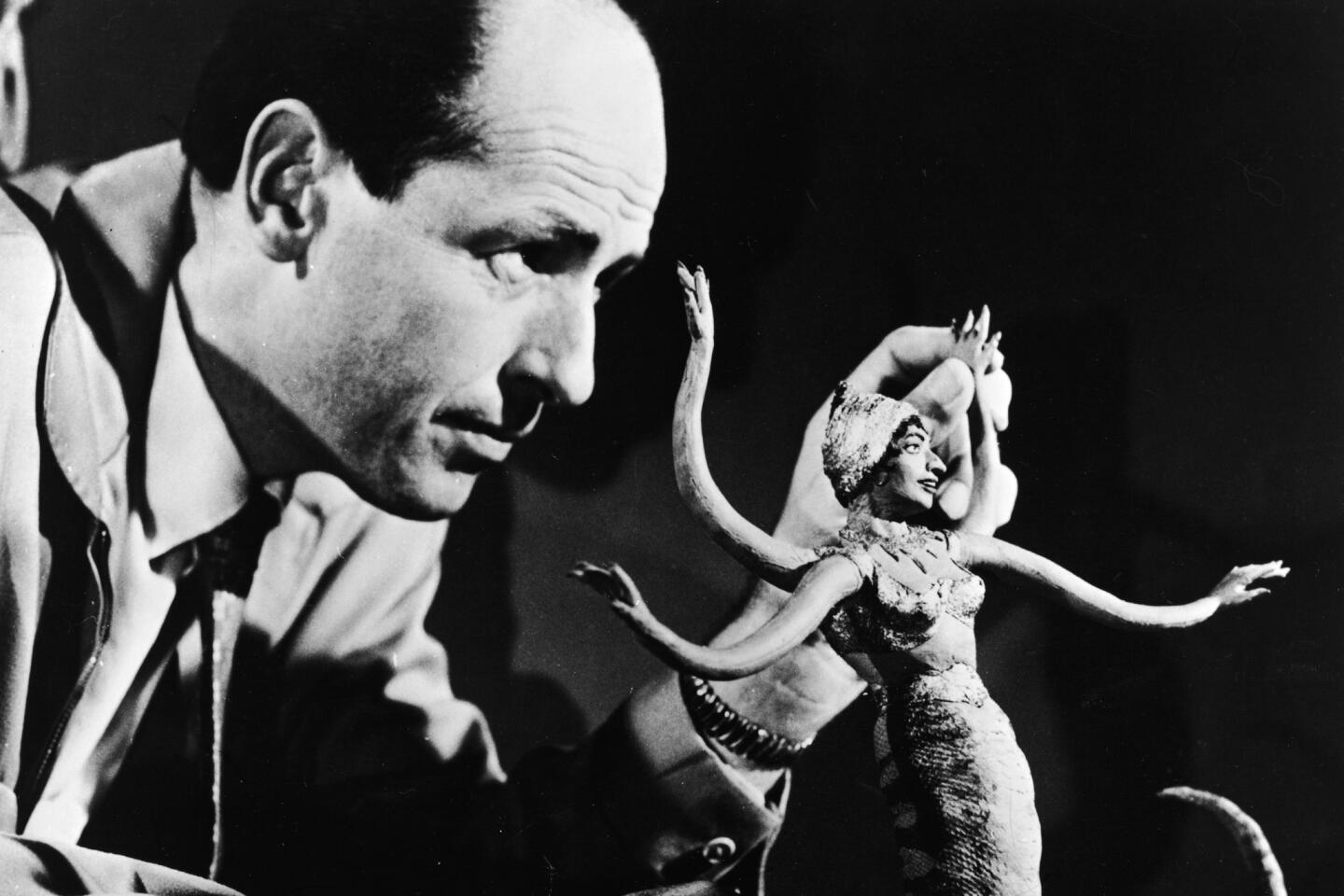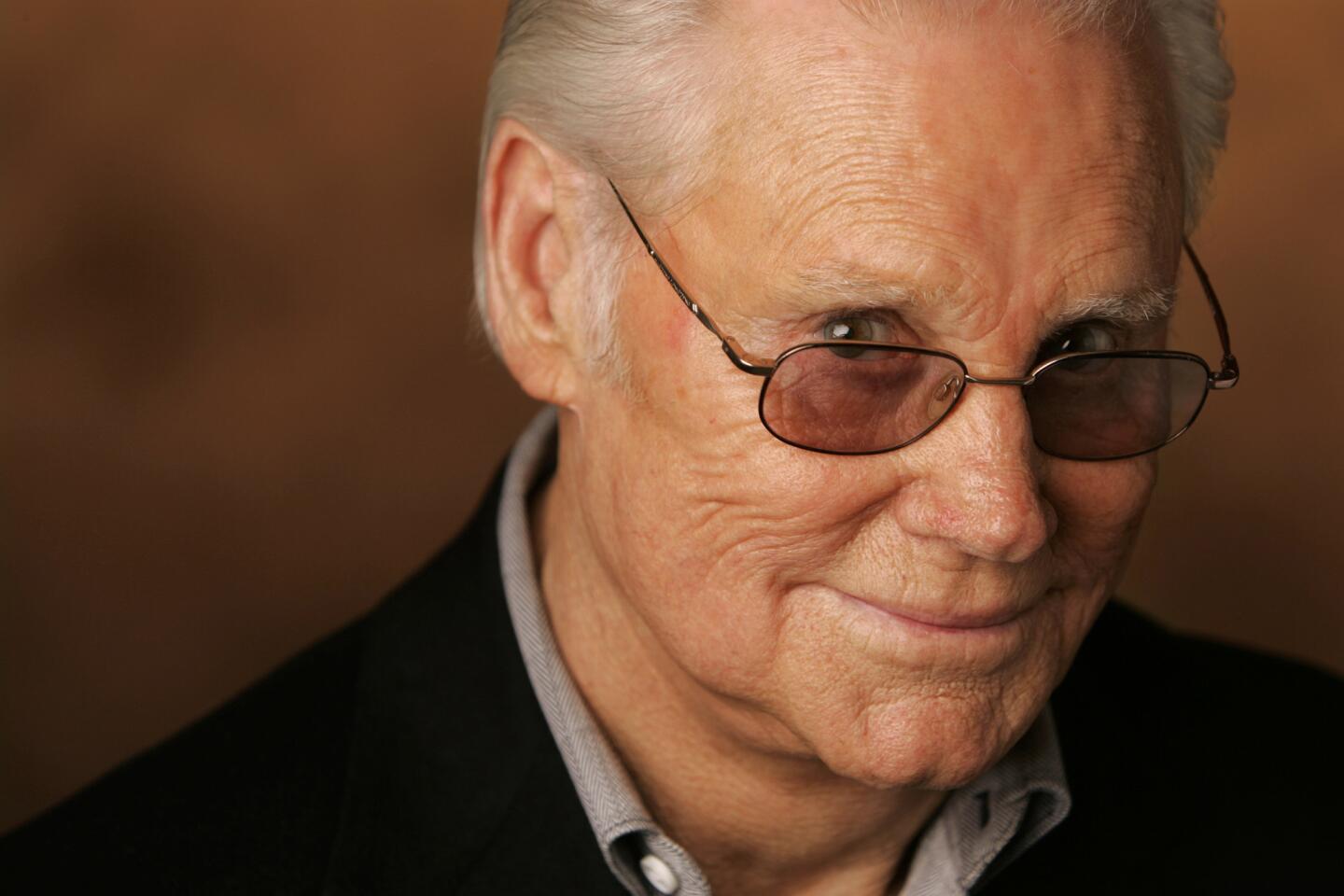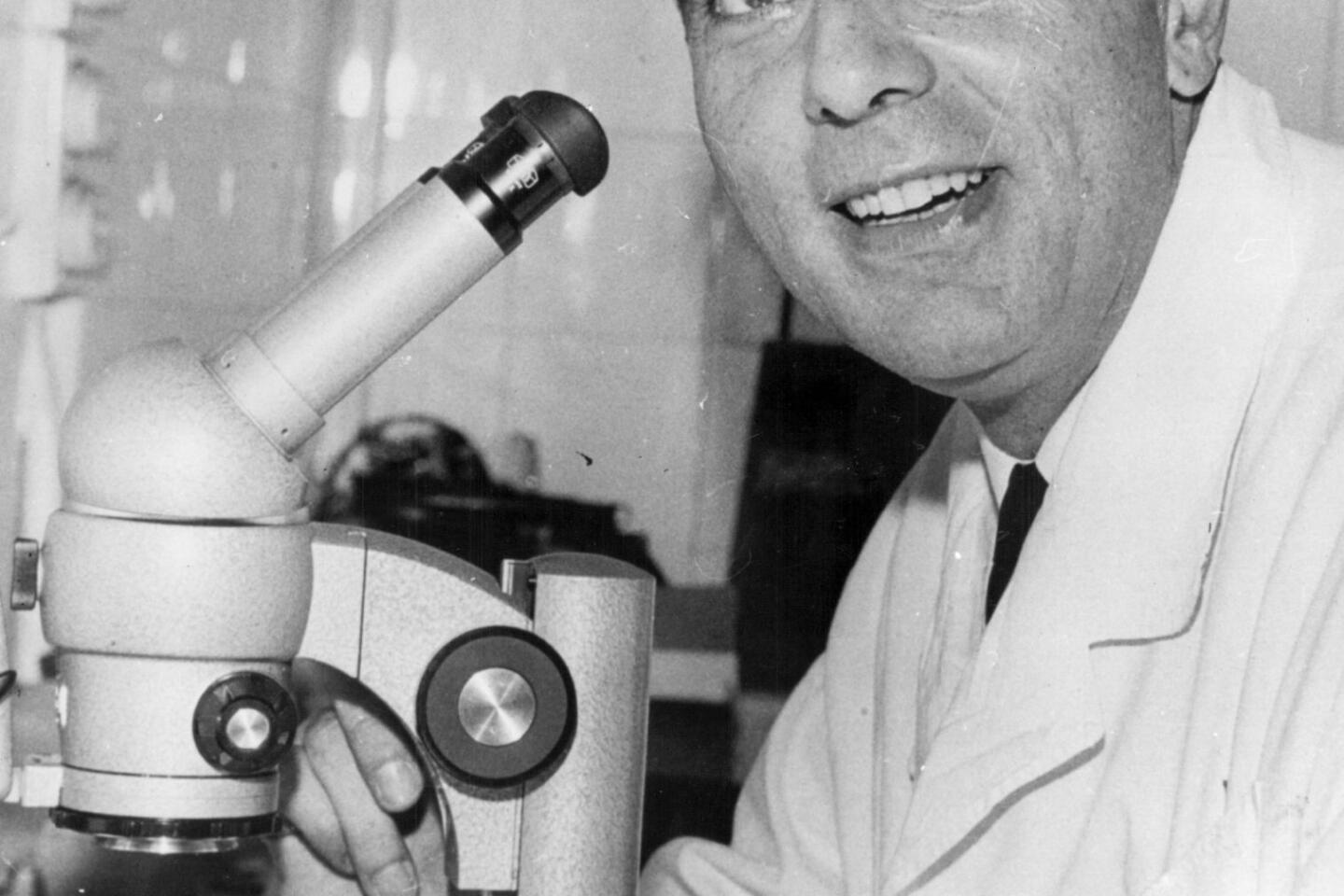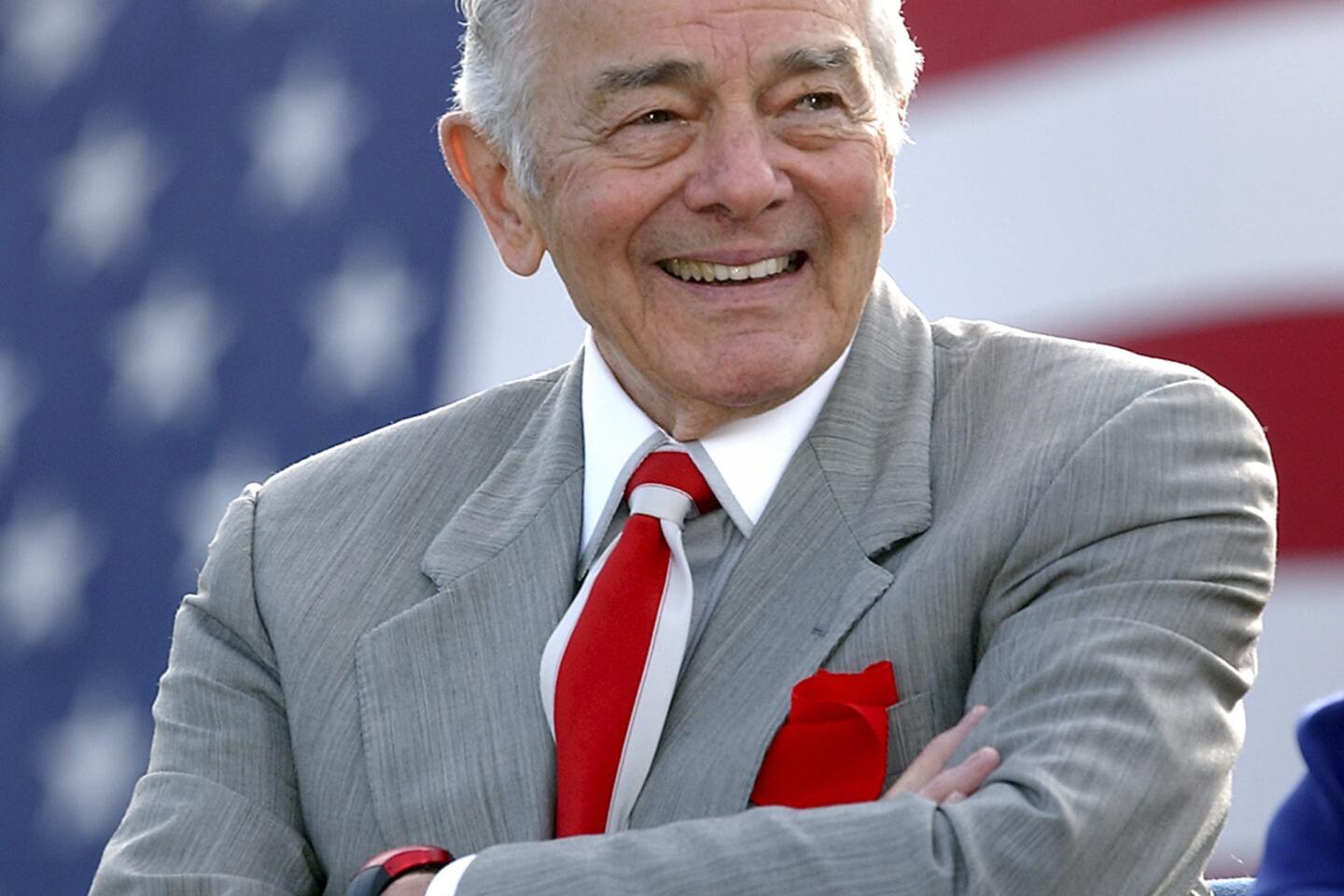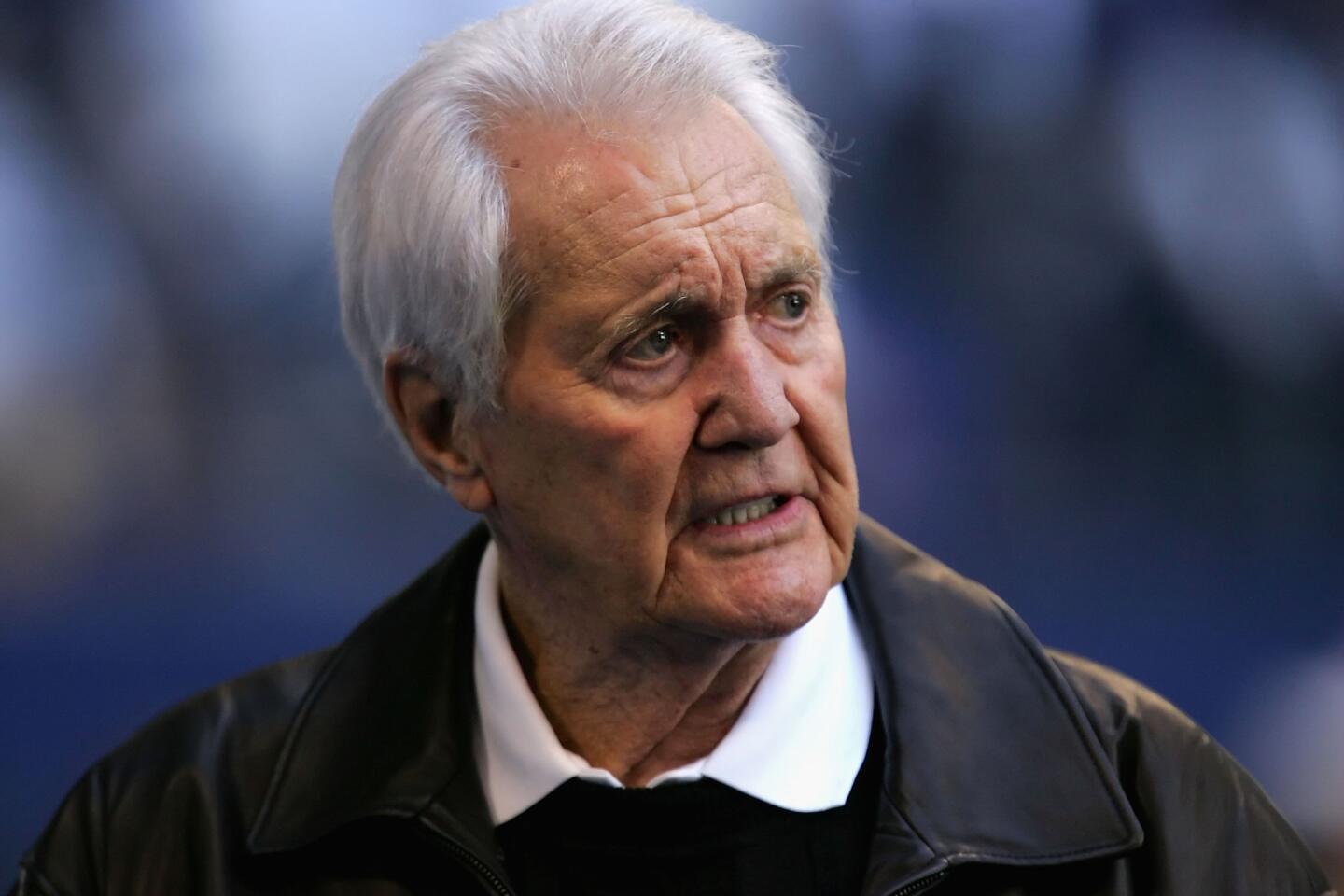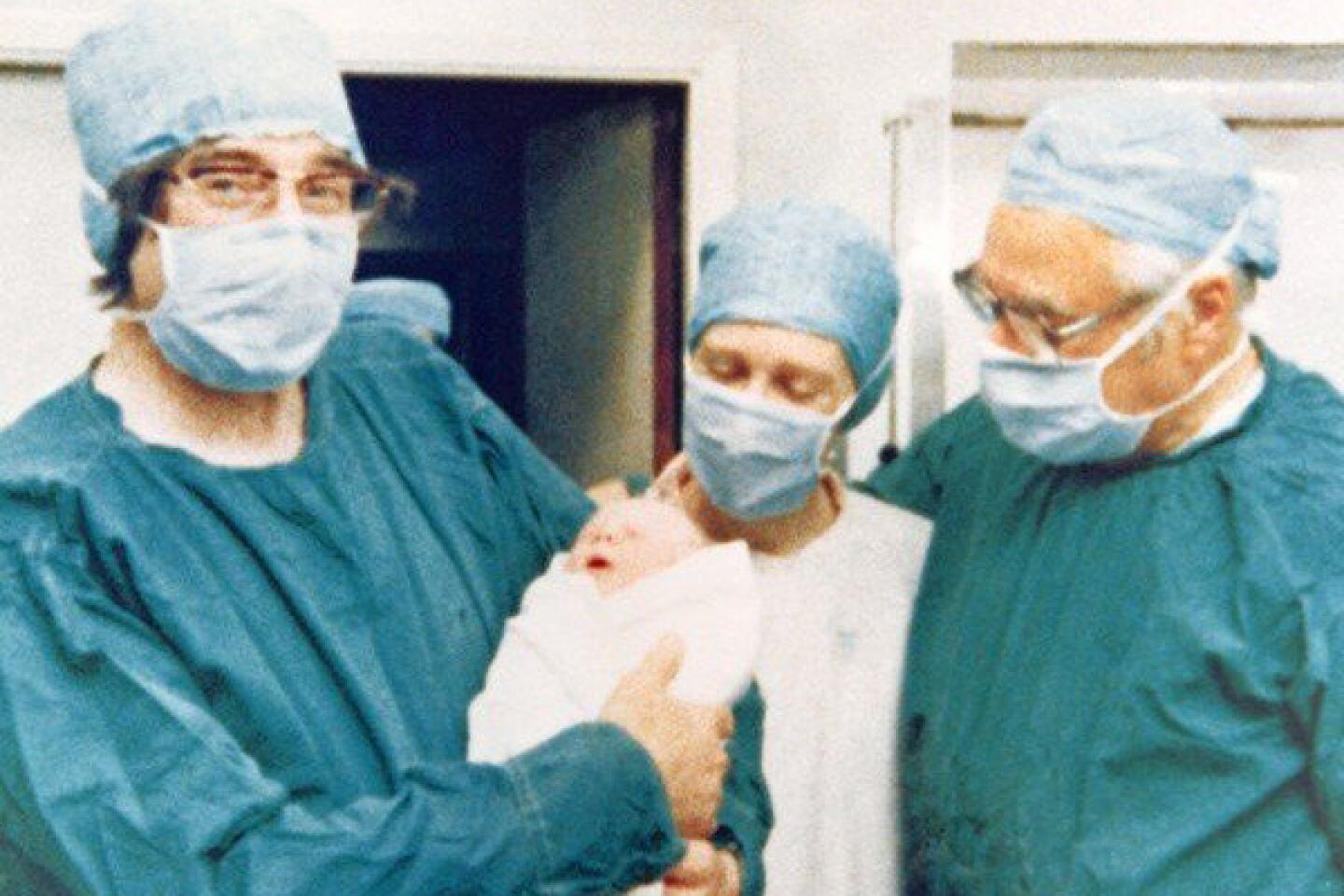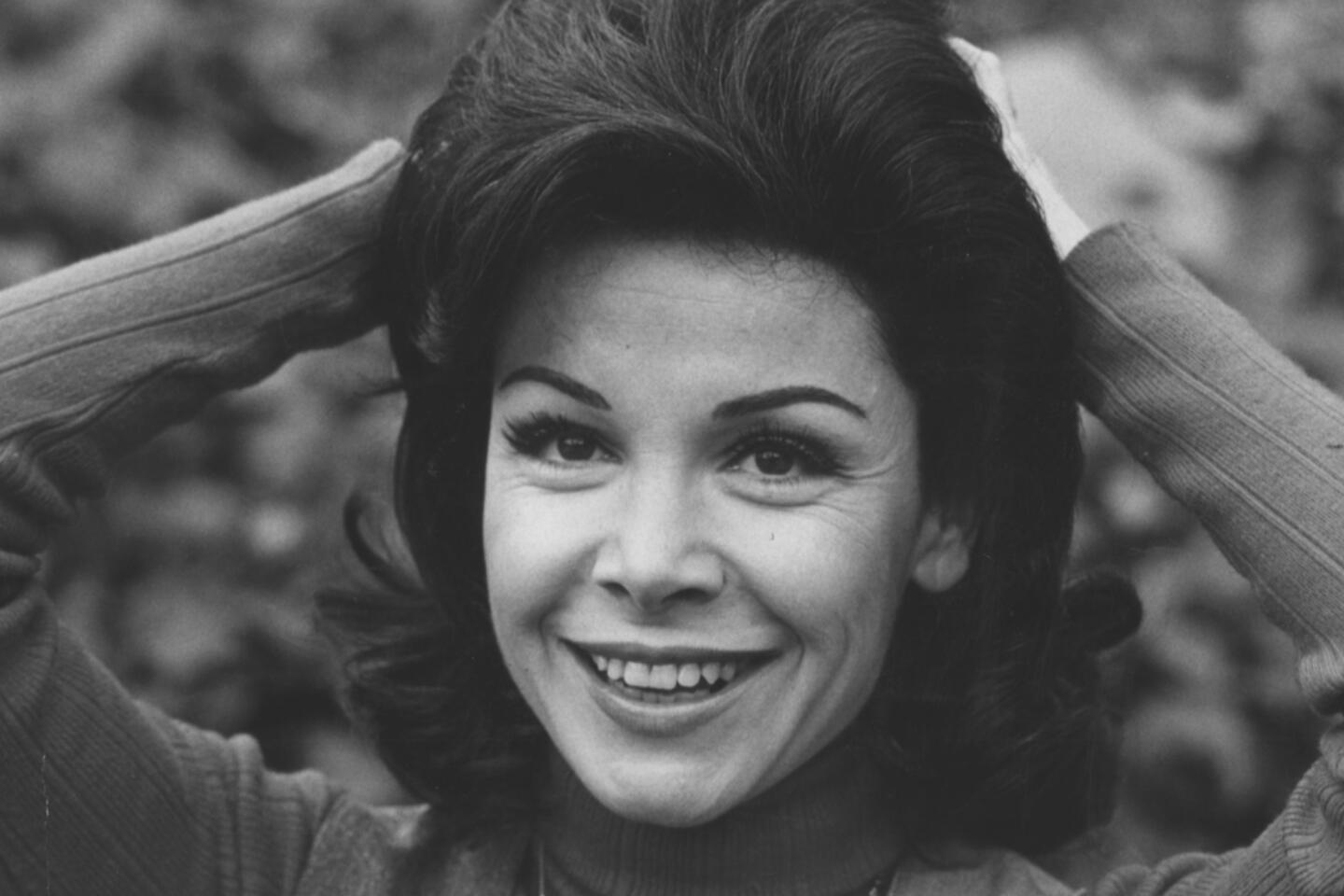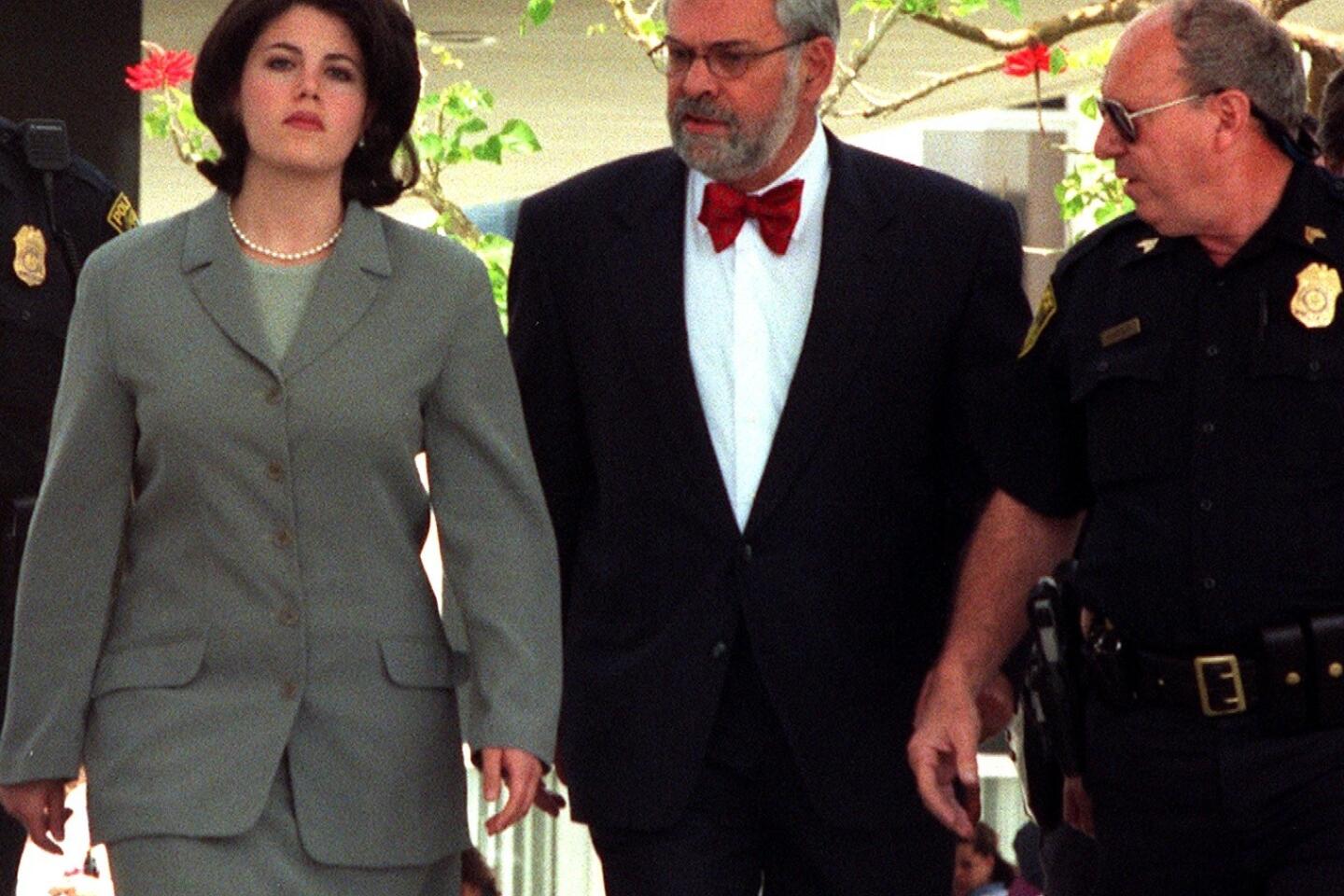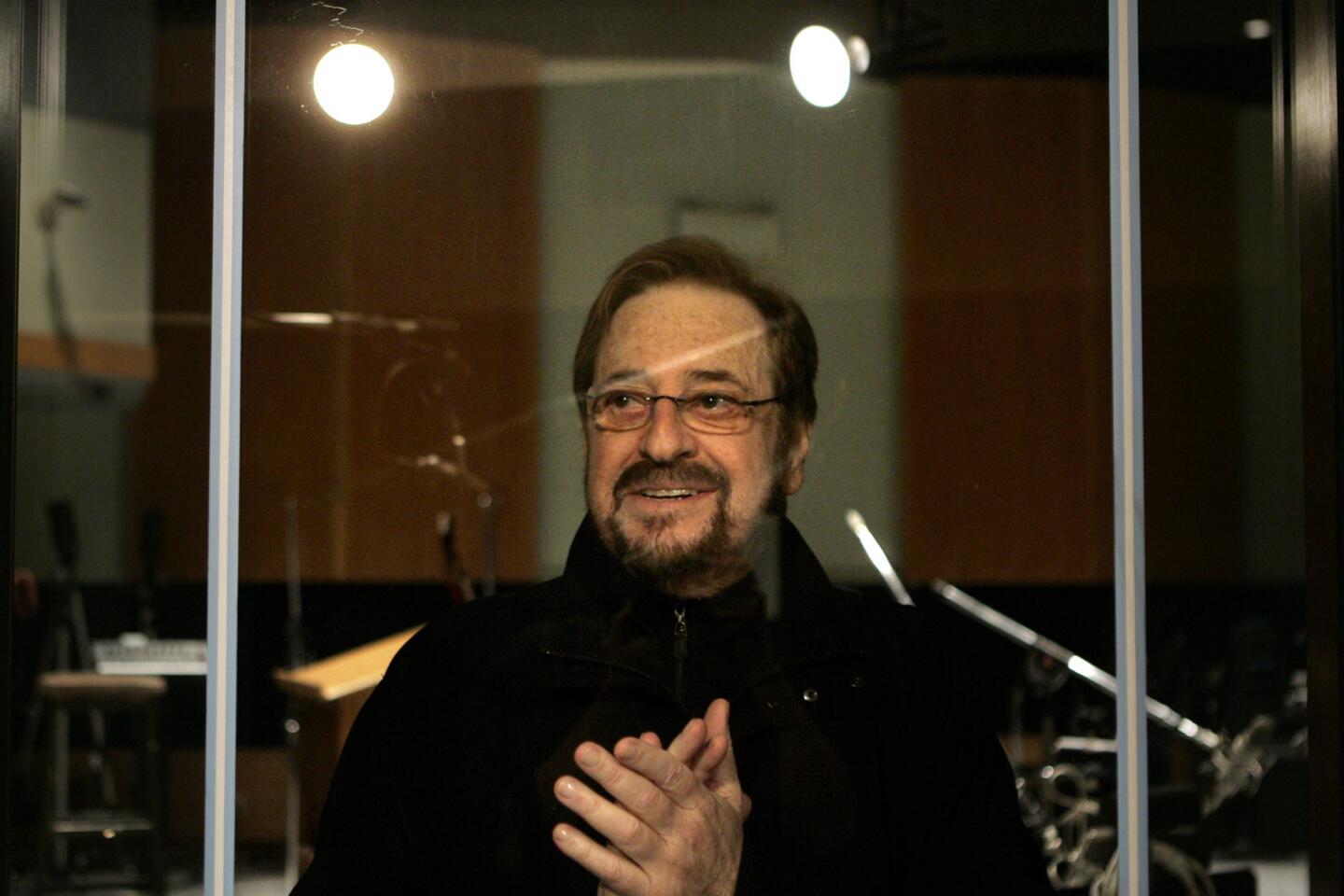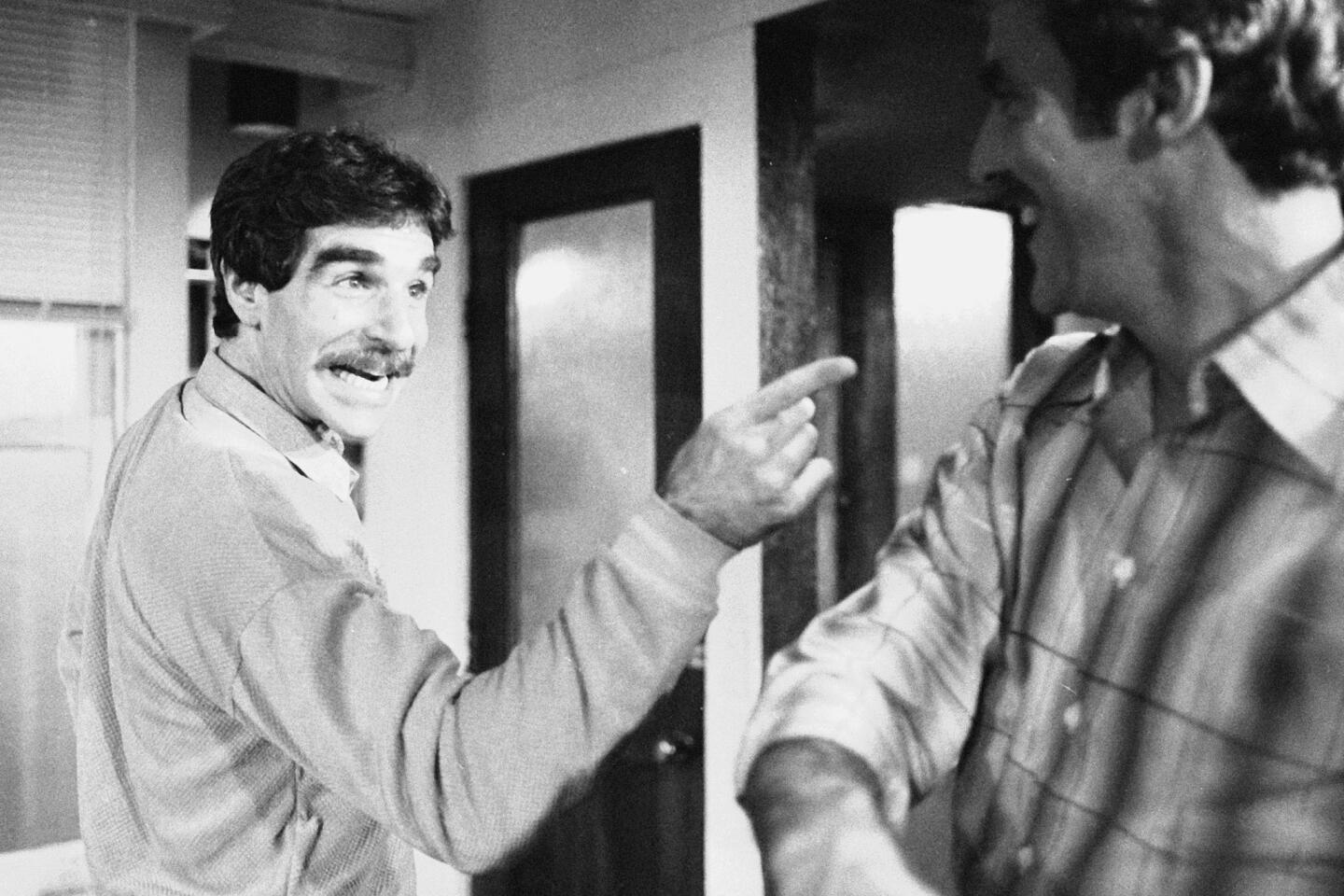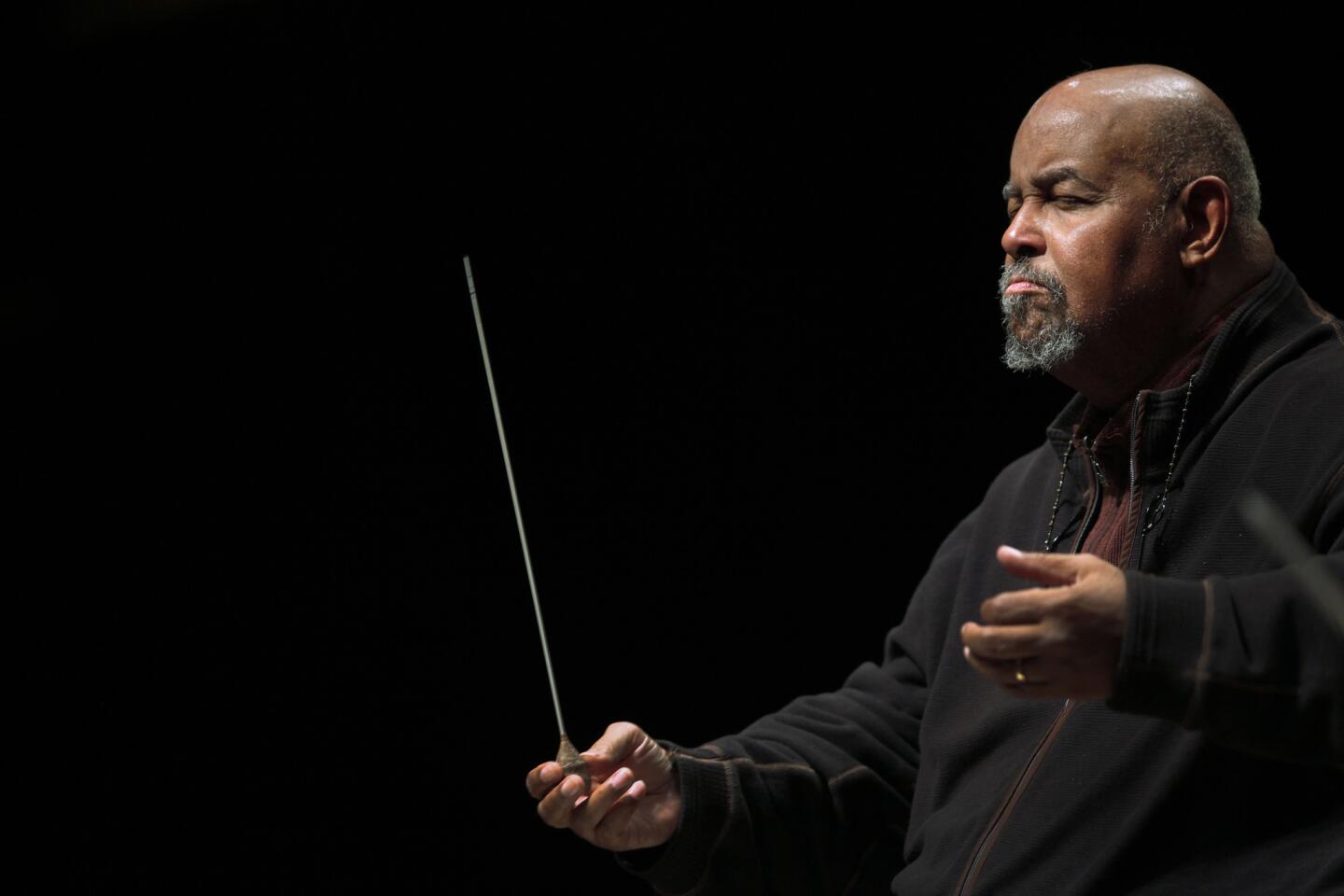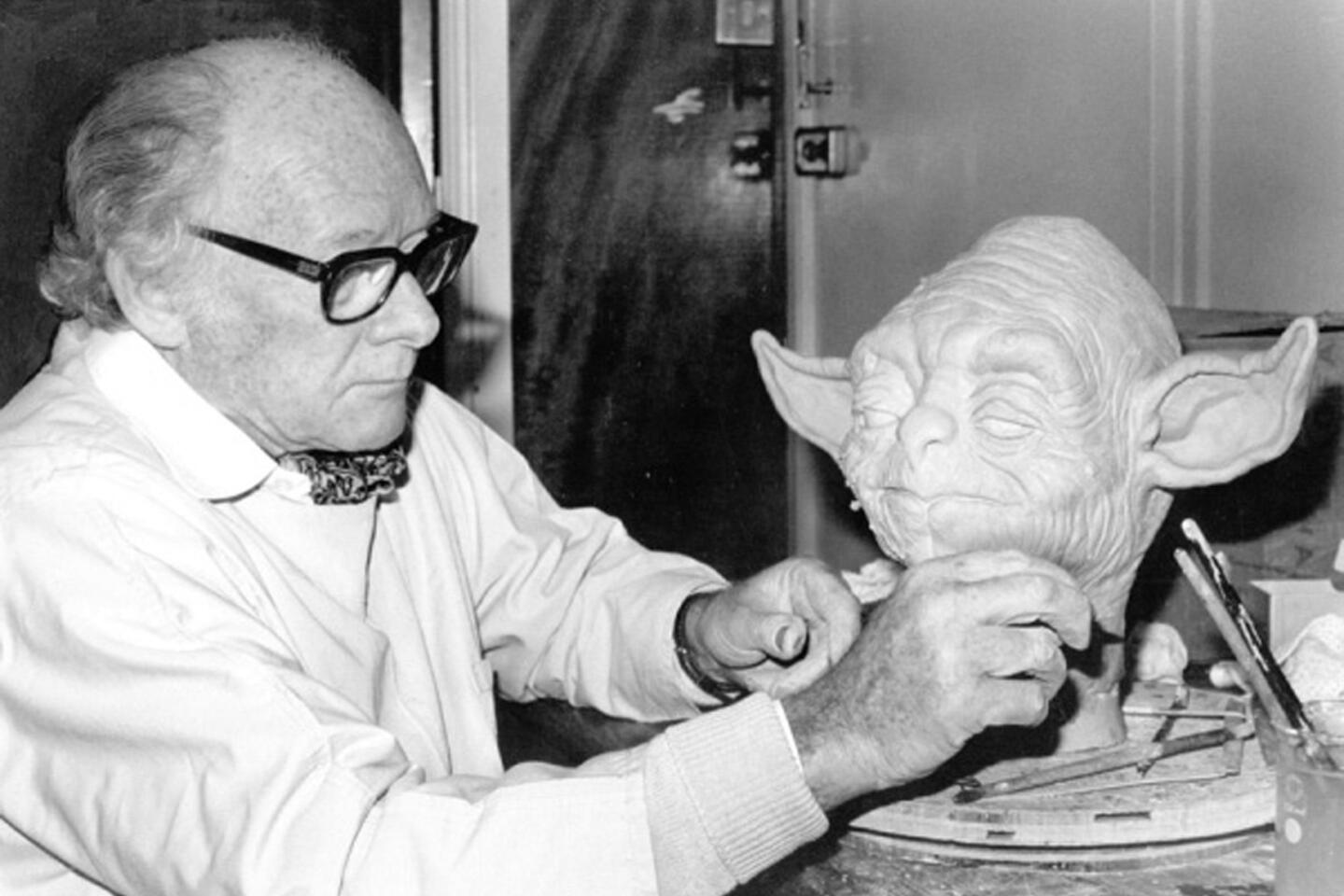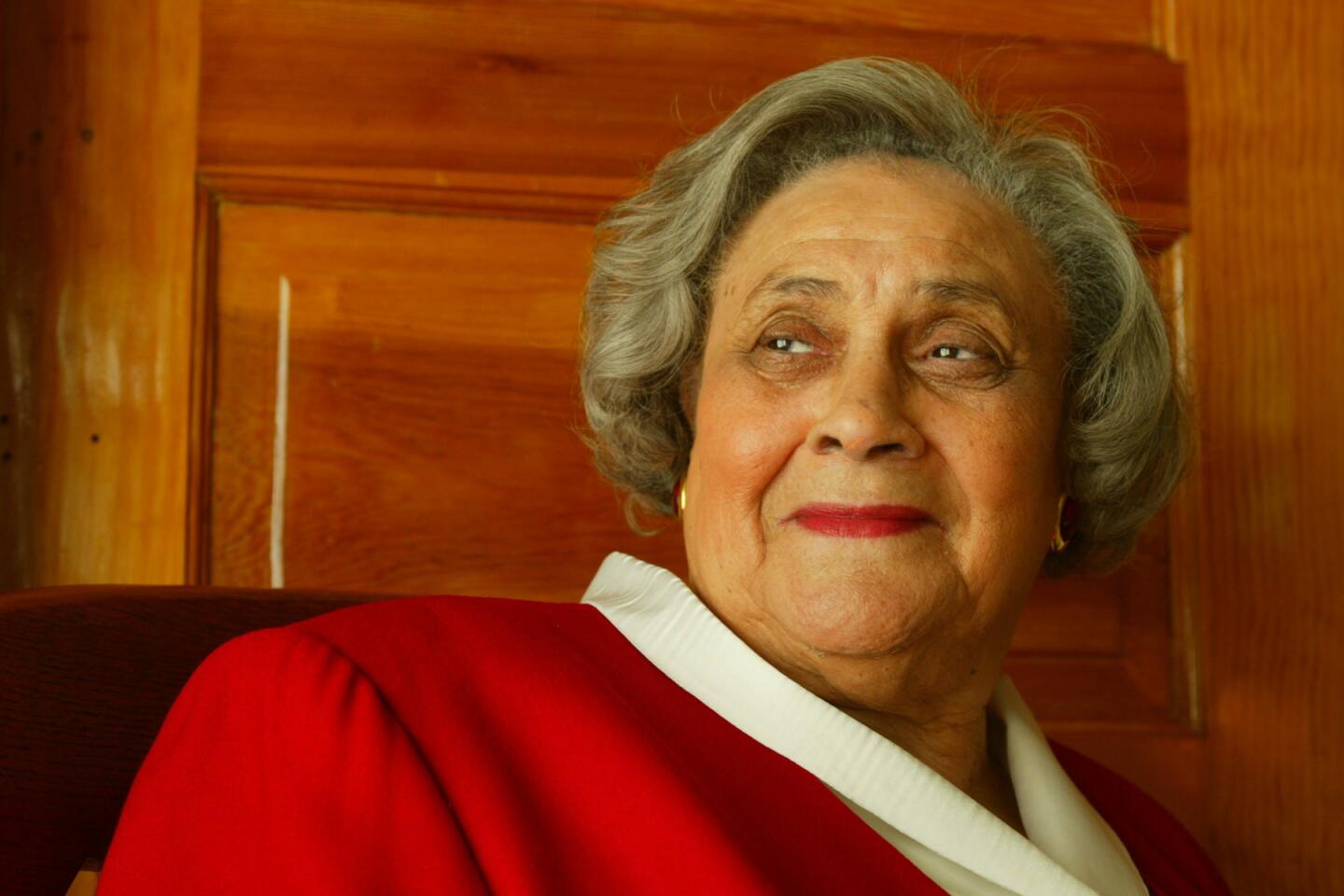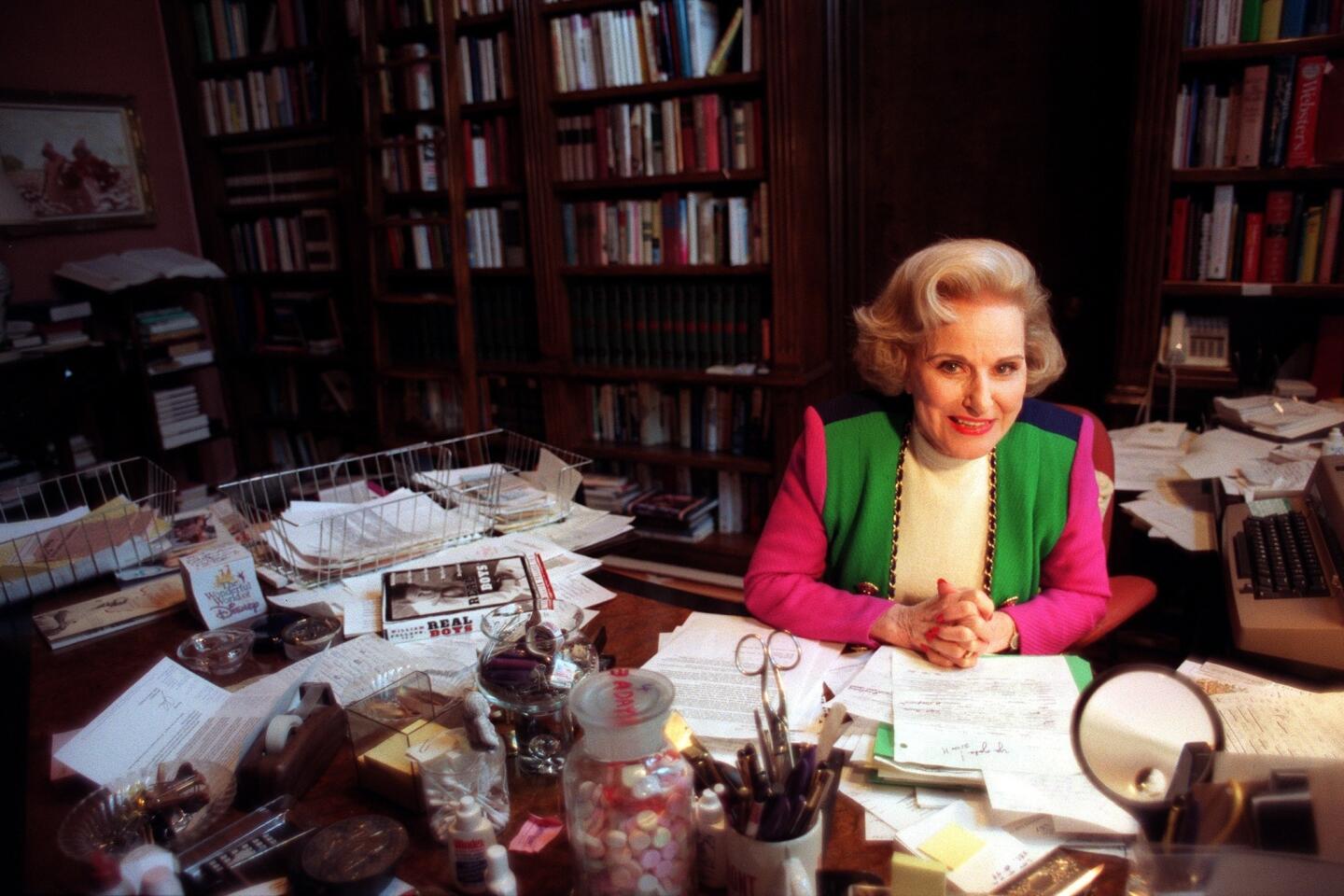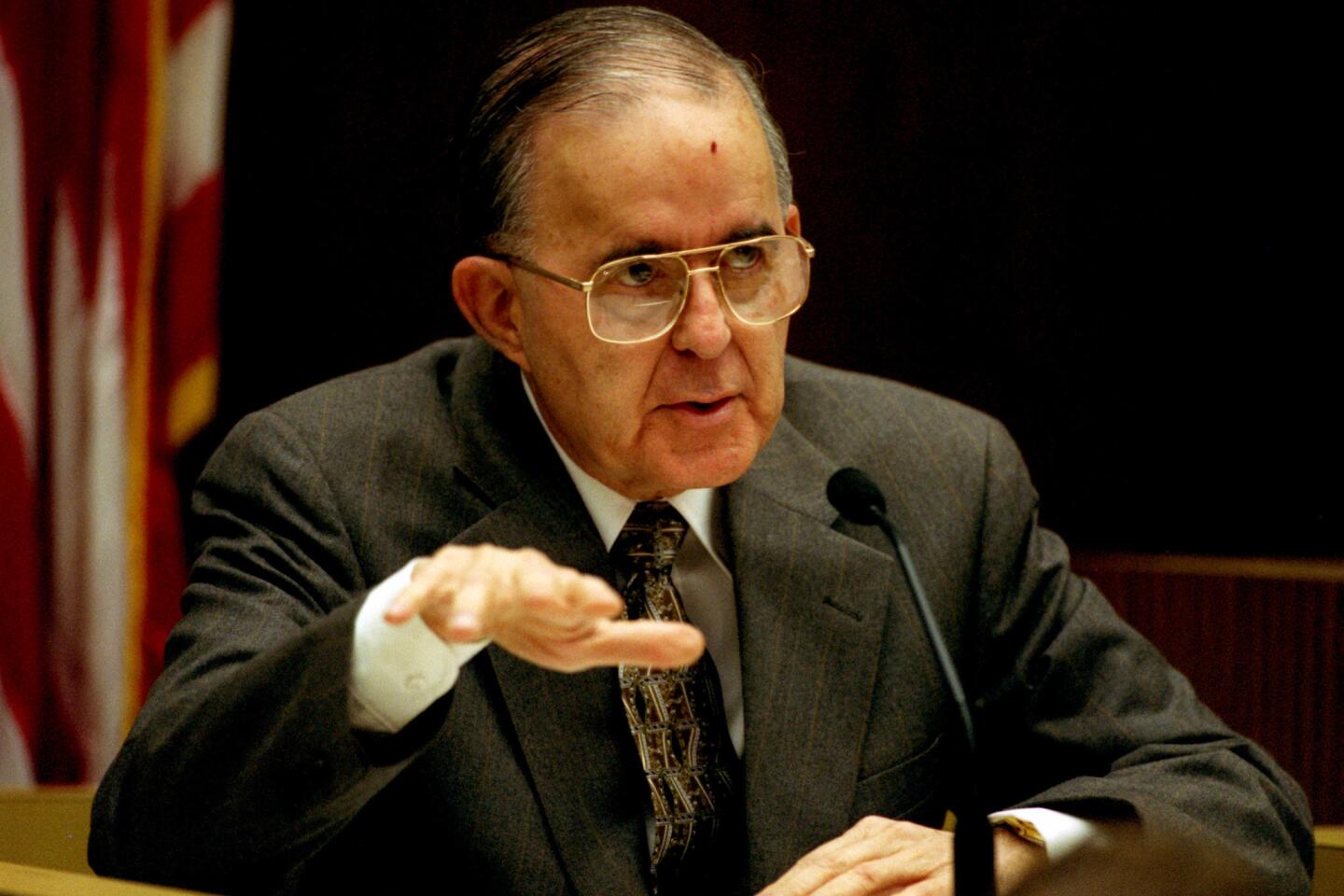Debi Austin dies at 62; star of jarring 1990s anti-smoking ad
- Share via
Debi Austin looked into the camera, swallowed — the hole in her throat as big as a half-dollar coin and as black as nothingness — and said she had her first cigarette when she was 13, that she had tried to quit but couldn’t. And that “they” say nicotine is not addictive.
Then she picked up a half-burned, still-lit cigarette from an ashtray, titled back her head and took a drag from the hole in her neck. She winced, and as the smoke wafted out of the hole she said: “How can they say that?”
The public-awareness television ad, which began airing in the mid-1990s, turned the Canoga Park woman into a powerful symbol of the anti-smoking movement.
Austin, who became an anti-smoking advocate and educator, died Friday at Valley Presbyterian Hospital in Van Nuys after a 20-year battle with cancer, her family said. She was 62.
Diagnosed with cancer of the larynx, she had a laryngectomy, which removed the tumor and her vocal cords. She learned to talk using esophageal speech, or “burp talk.”
She agreed to make the startling “Voicebox” ad only after a 4-year-old niece drew a black dot on her own neck to mimic her aunt’s scar from the surgery and said: “I want to be like you.”
State Department of Health officials said Austin was California’s best known anti-tobacco advocate and noted that her “Voicebox” ad is “the most-recognized and talked about California tobacco control ad,” according to a statement released after her death.
“Debi was a pioneer in the fight against tobacco and showed tremendous courage by sharing her story to educate Californians on the dangers of smoking,” the agency’s Dr. Ron Chapman said in a statement.
In recent years, Austin often traveled around the state to spread her anti-smoking message to young people. She also made two more anti-smoking ads that began airing in 2011.
People remembered her, Austin said, because she was scary. She hoped that they would see her and think twice about lighting up, according to a 2010 Times interview.
“I am the worst-case scenario that your mother told you about,” Austin had said. “I am the walking dead, the castoff of the tobacco industry that they can’t fix, they can’t heal.”
Deborah Austin was born April 13, 1950, in Illinois and moved to Los Angeles the year she turned 4.
While walking home from junior high in Canoga Park she took her first puff on a cigarette, an unfiltered Camel that she had filched from her father.
By high school, she was smoking a pack of unfiltered Camels a day. The habit increased in adulthood when she attended UC Berkeley and managed a small, private telephone company.
In the early 1980s, she sought treatment for a chronic sore throat and by 1992 noticed a small lump under her jaw. A biopsy confirmed cancer of the larynx. Before surgery, she joined a support group for people who had undergone removal of their larynx.
“I’d never met or heard anyone who’d had a laryngectomy,” she told The Times in 1997. “I thought, ‘Omigod, I make my living on the telephone and now I’m going to sound like Elmer Fudd on Thorazine for the rest of my life.’”
She would only say that she was “well compensated” for the ad that turned her into a “tobacco educator.” Austin stopped smoking about eight months after it first aired.
Austin’s survivors include her sisters, Jamie Marshall of Portland, Ore., and Deena White of Canoga Park; and her brother, Jim Gardner of Camp Verde, Ariz.
Times staff writer Valerie J. Nelson contributed to this report.
More to Read
Sign up for Essential California
The most important California stories and recommendations in your inbox every morning.
You may occasionally receive promotional content from the Los Angeles Times.




